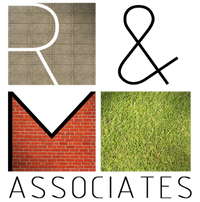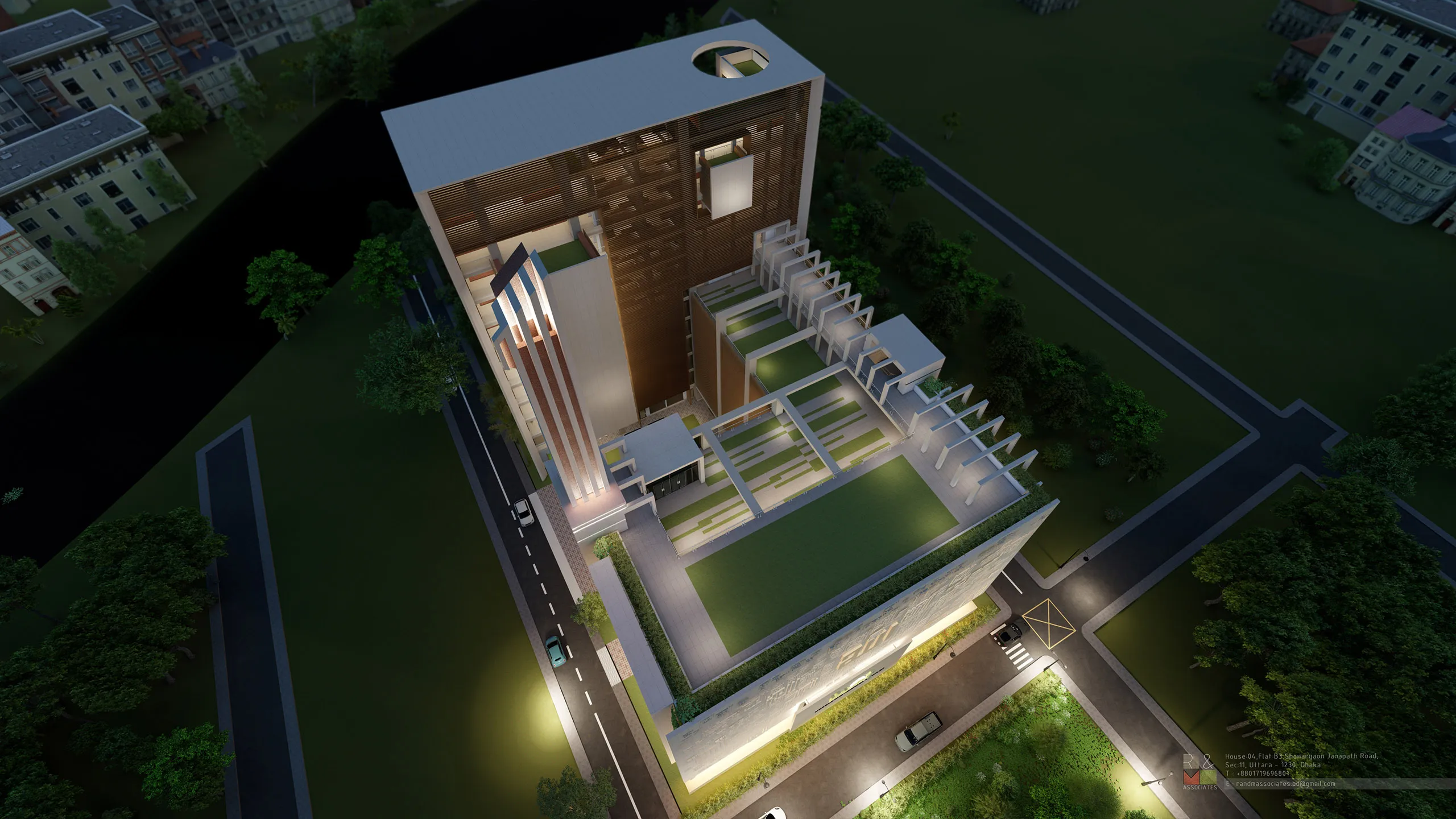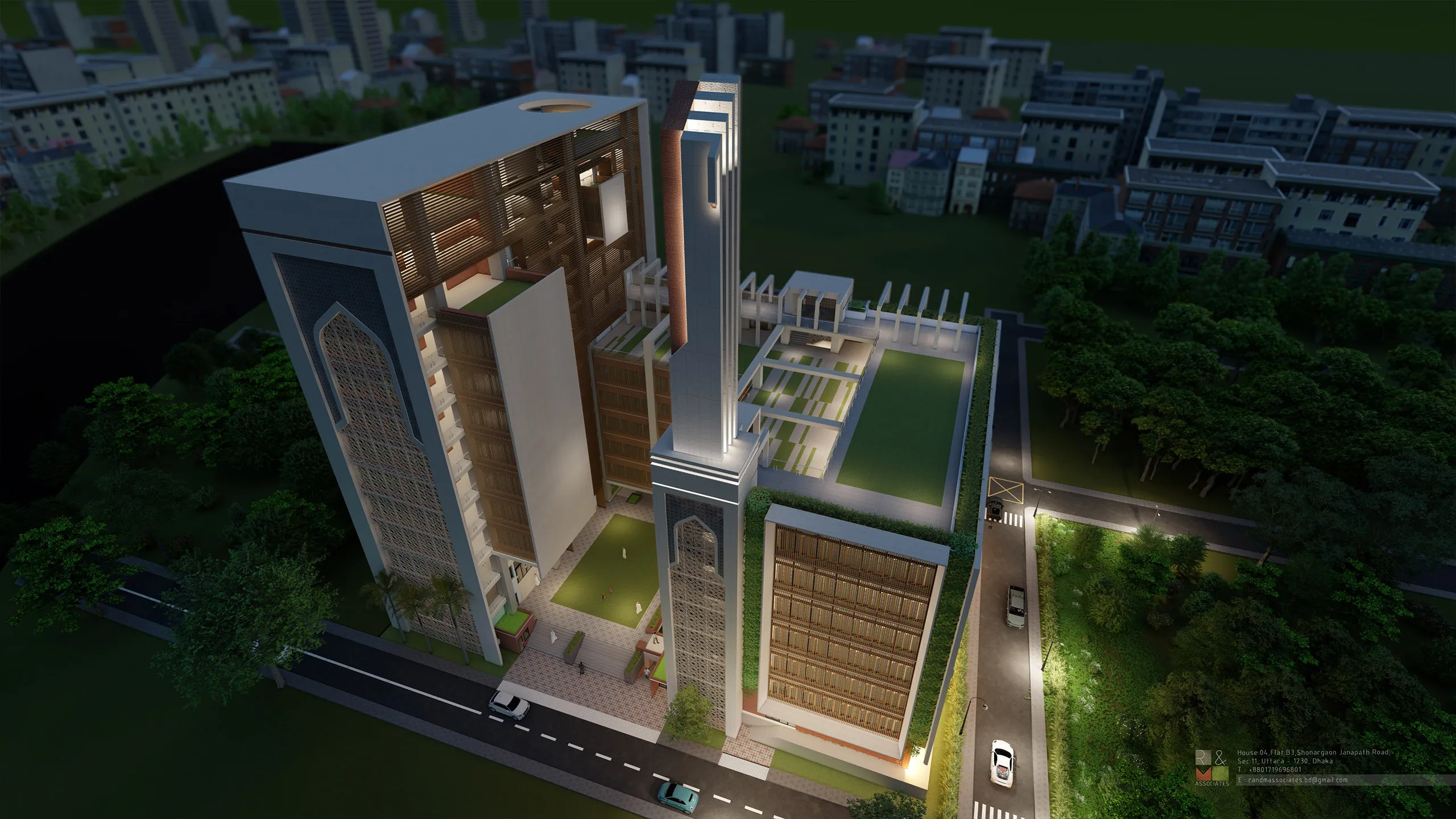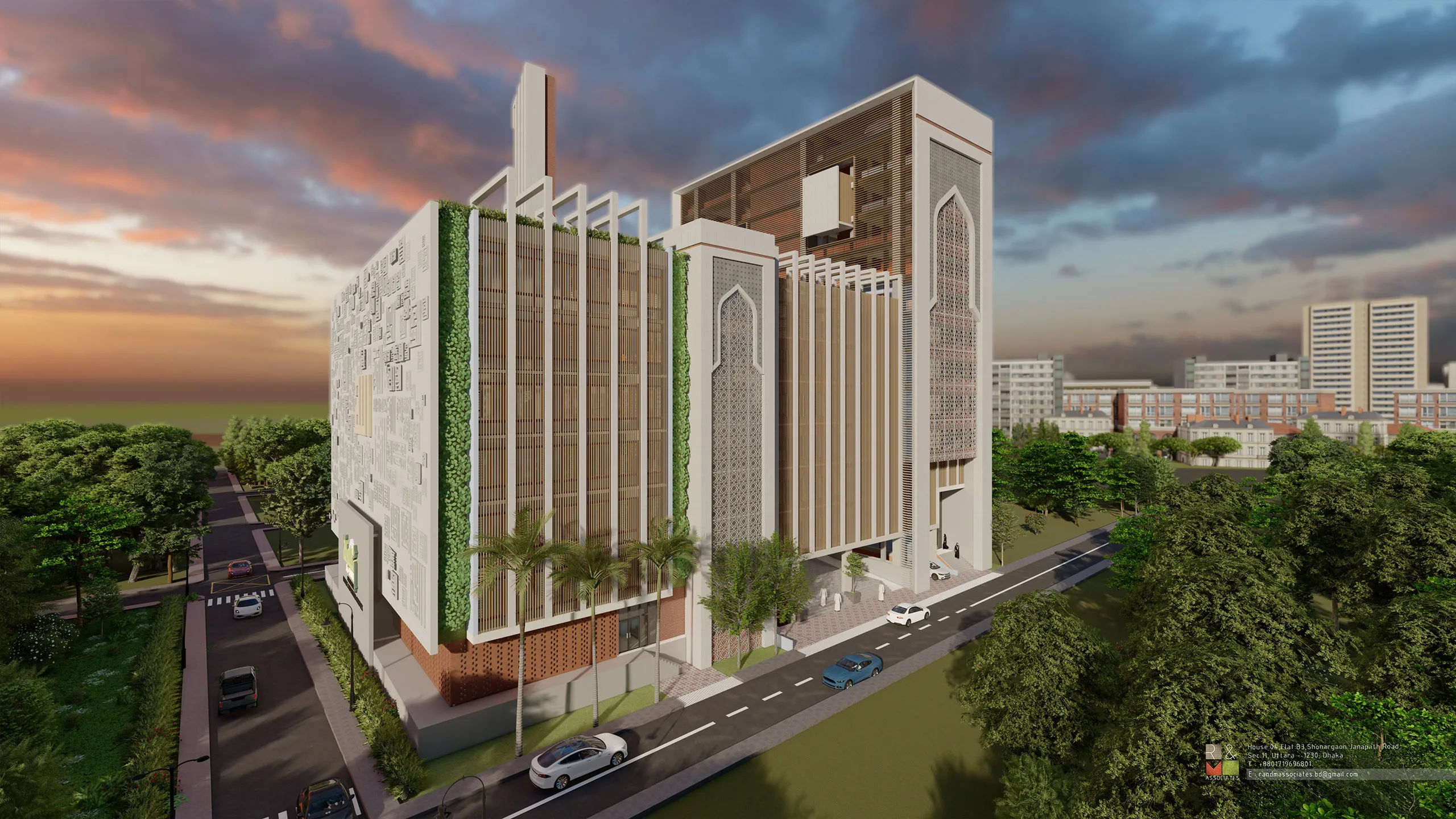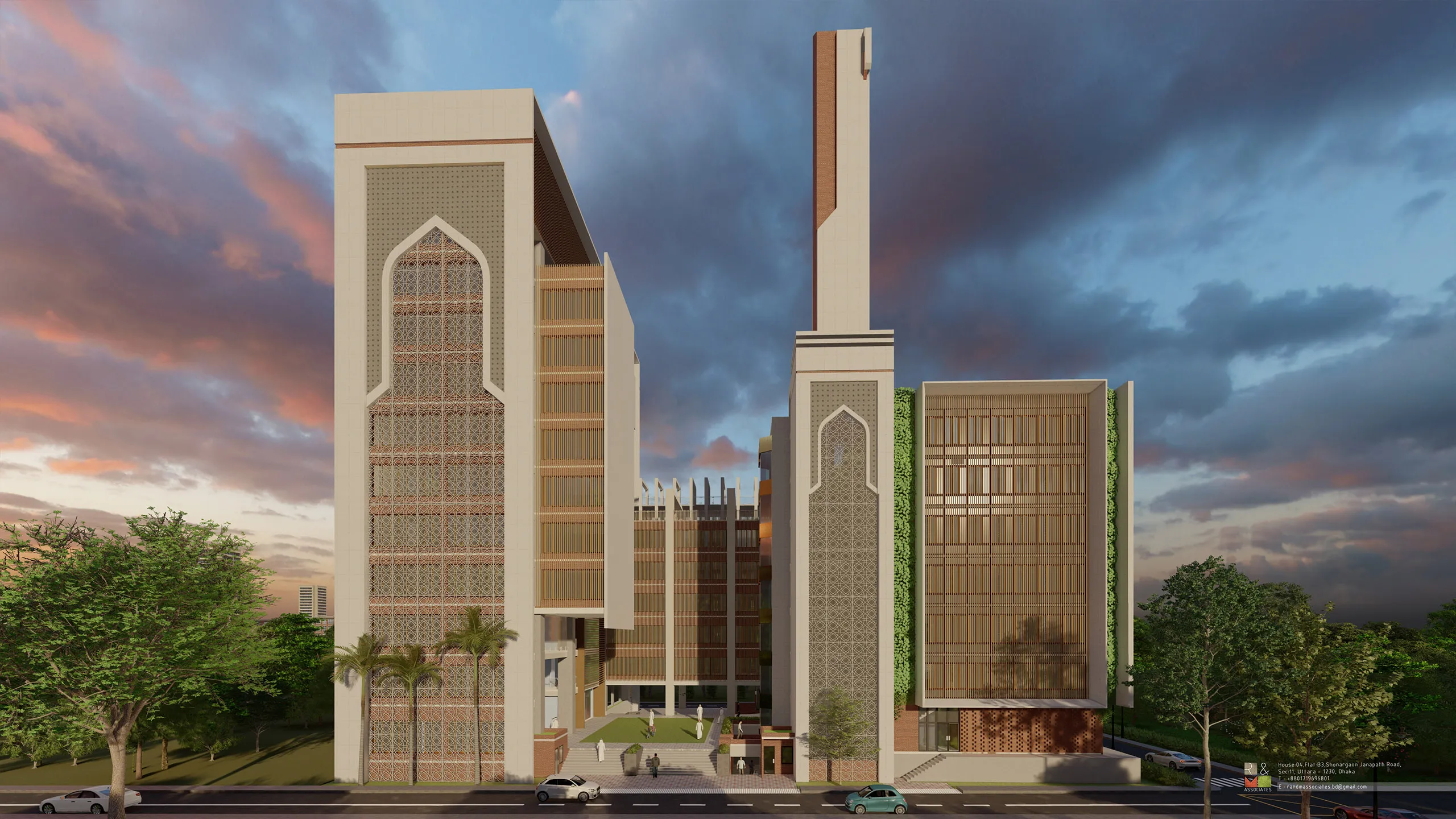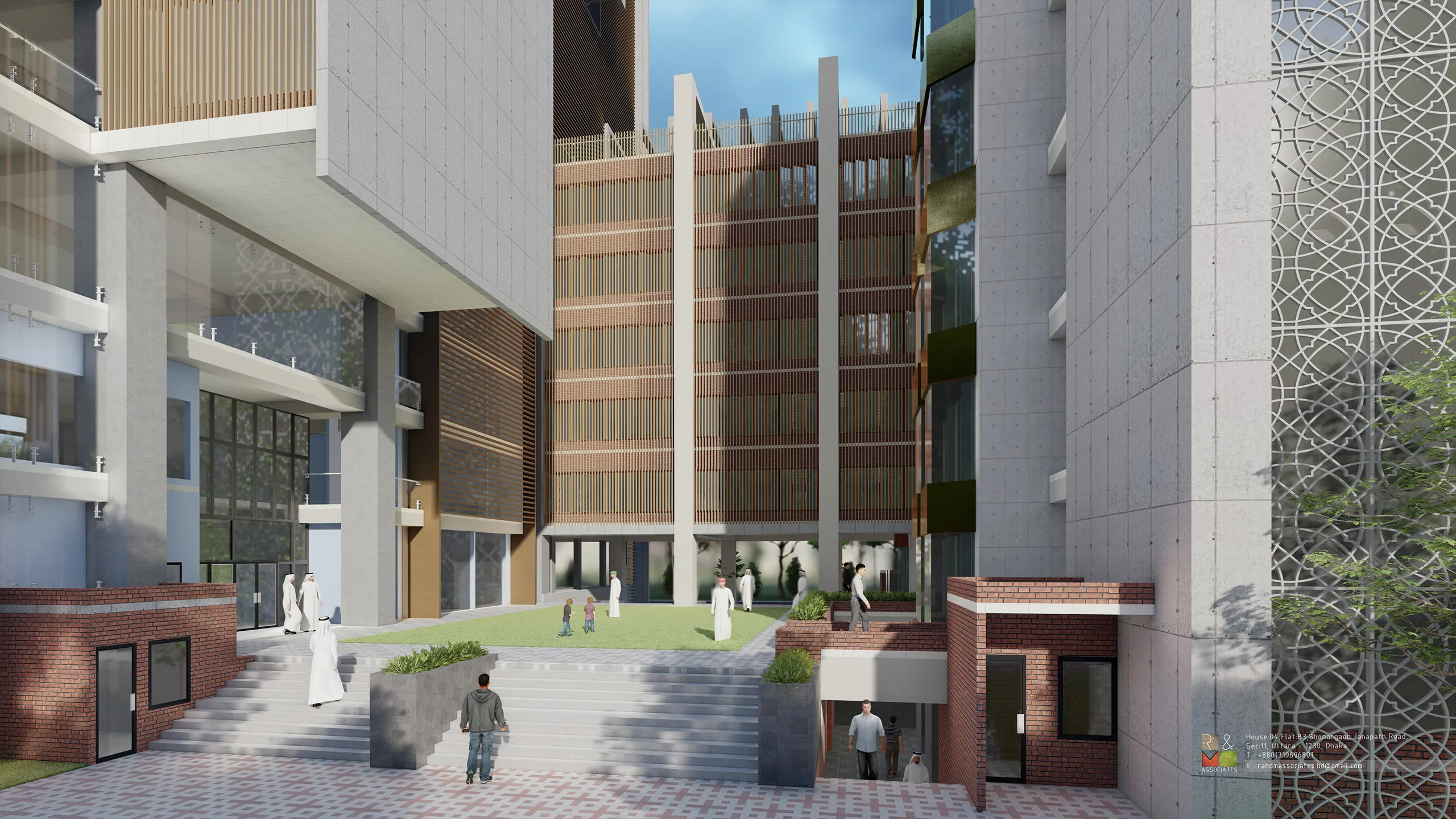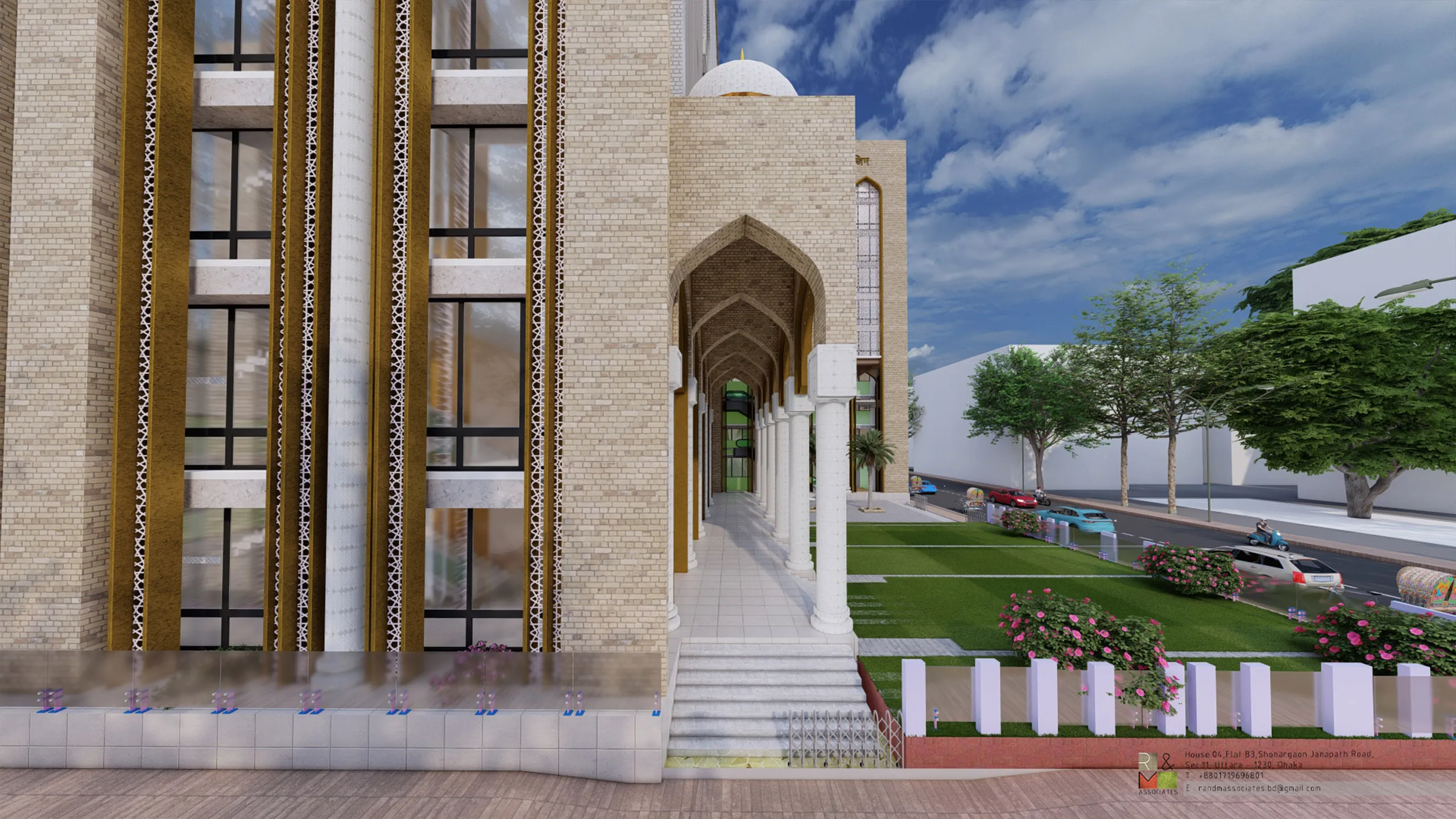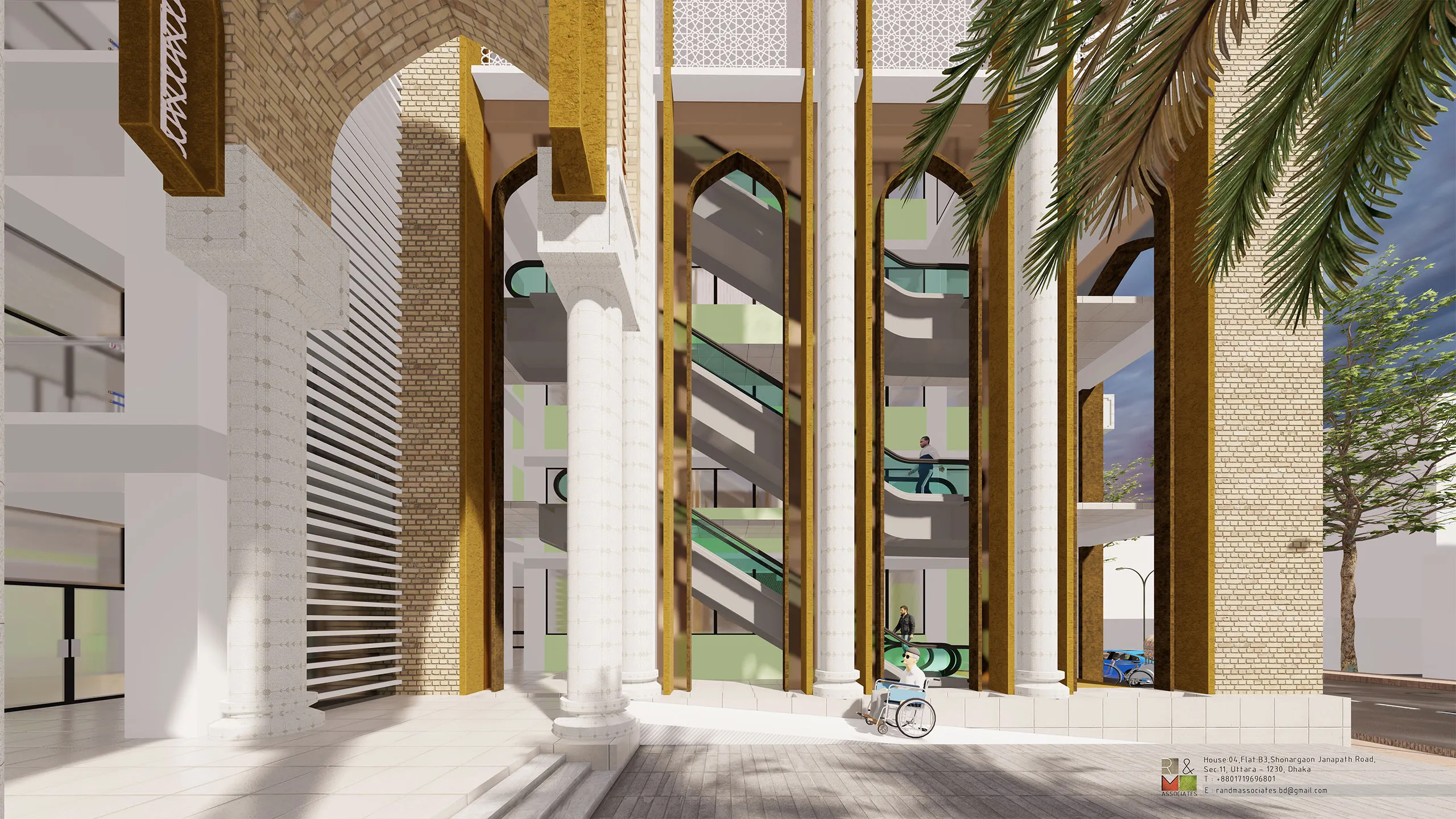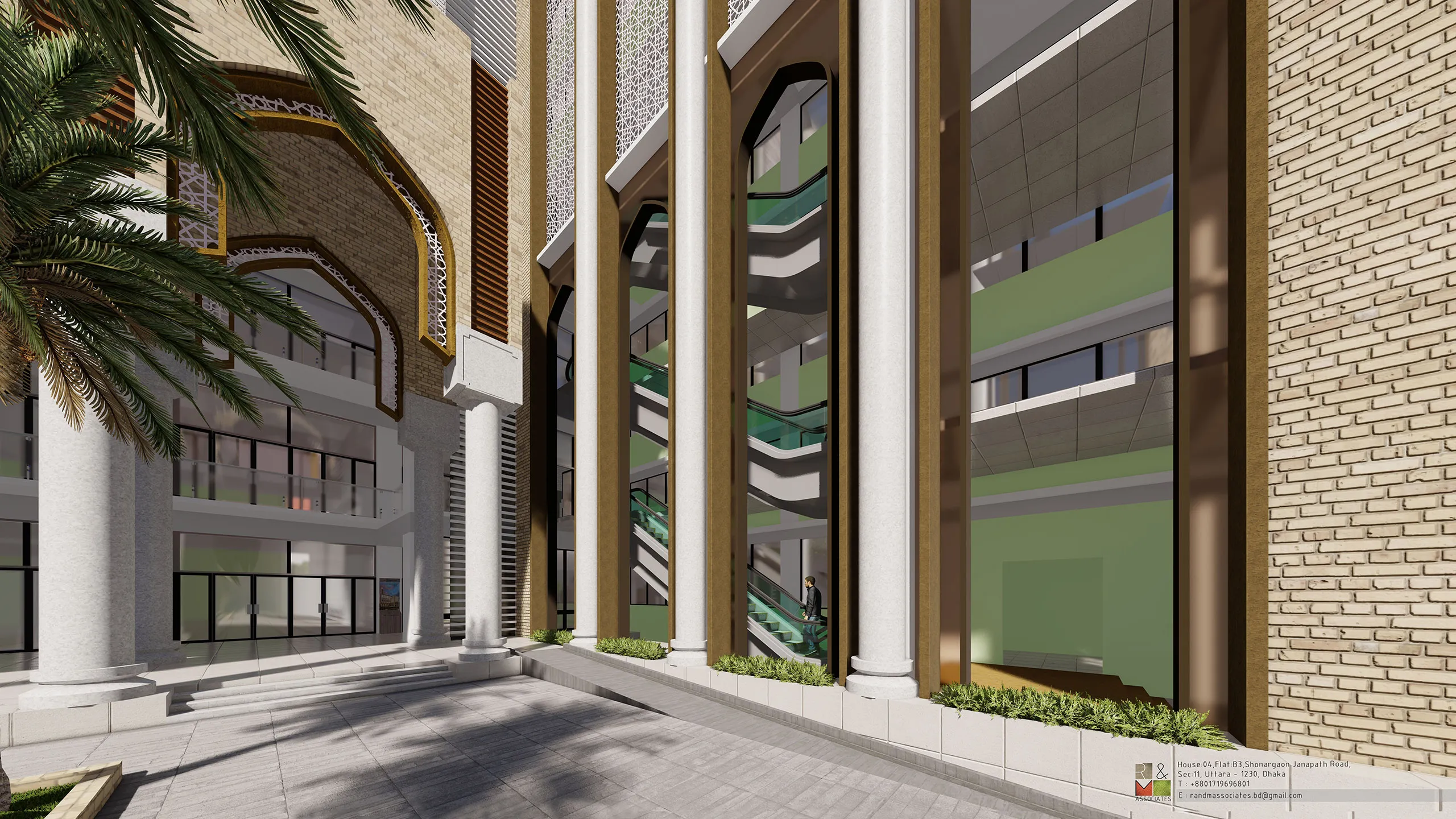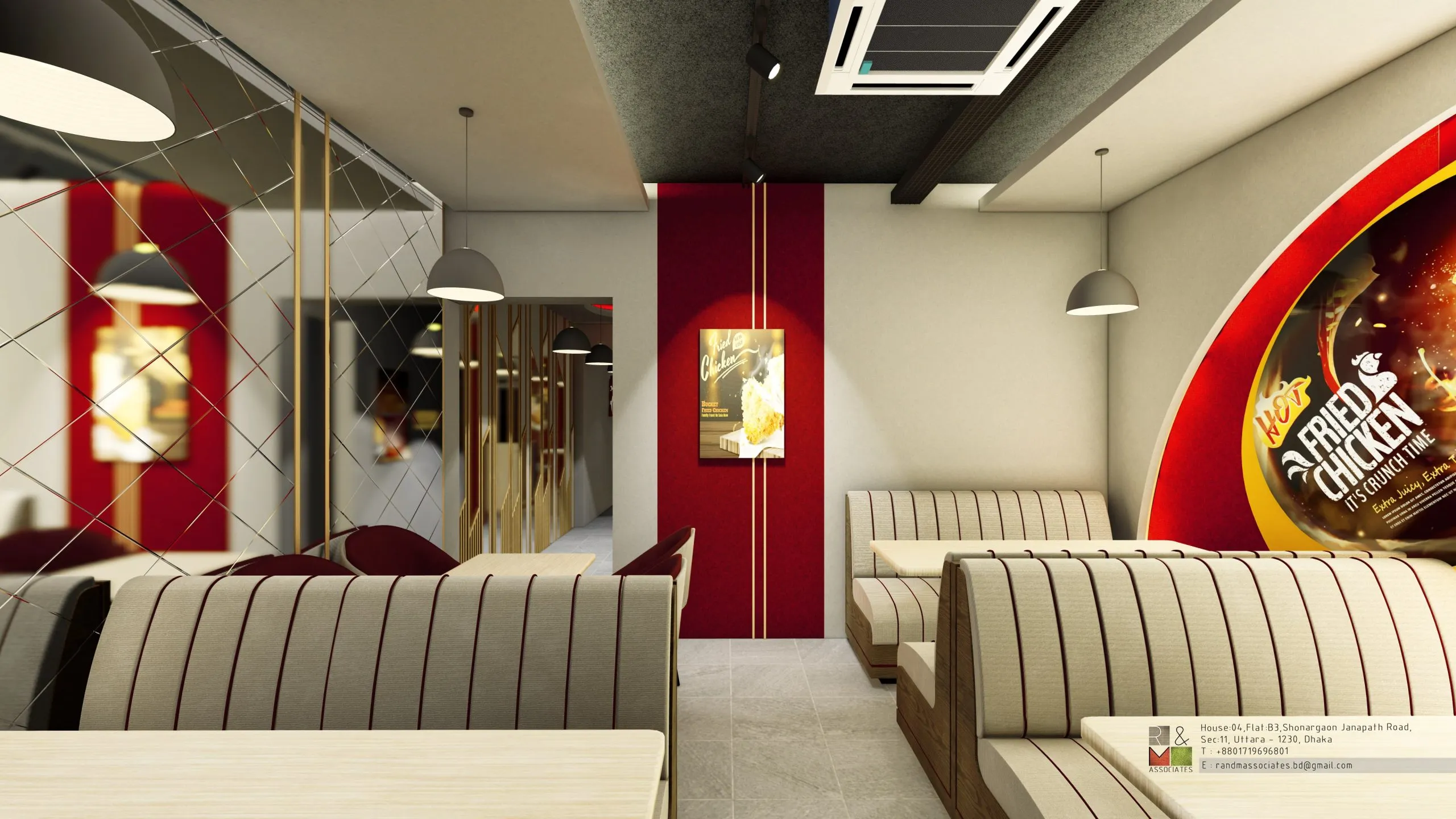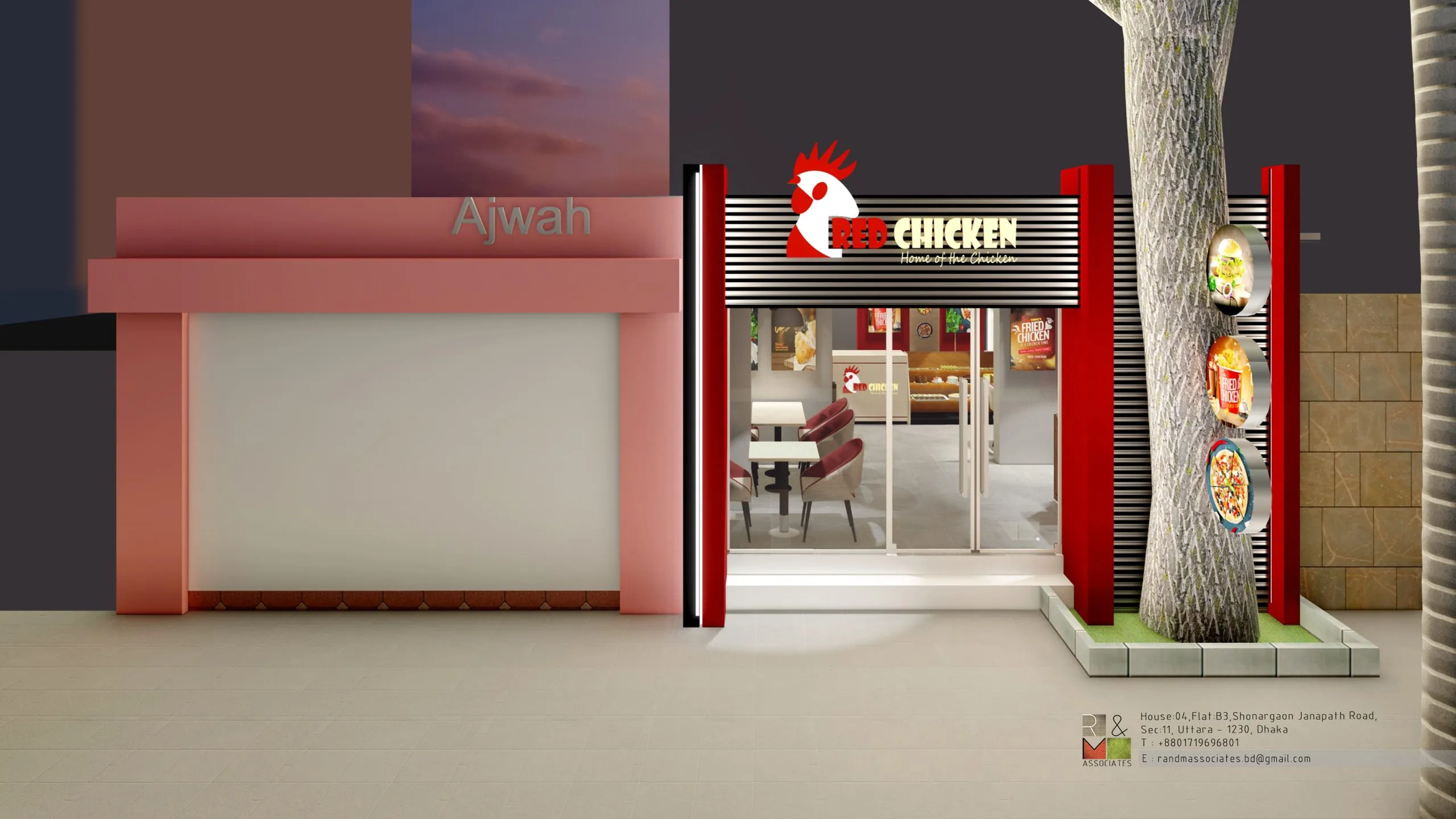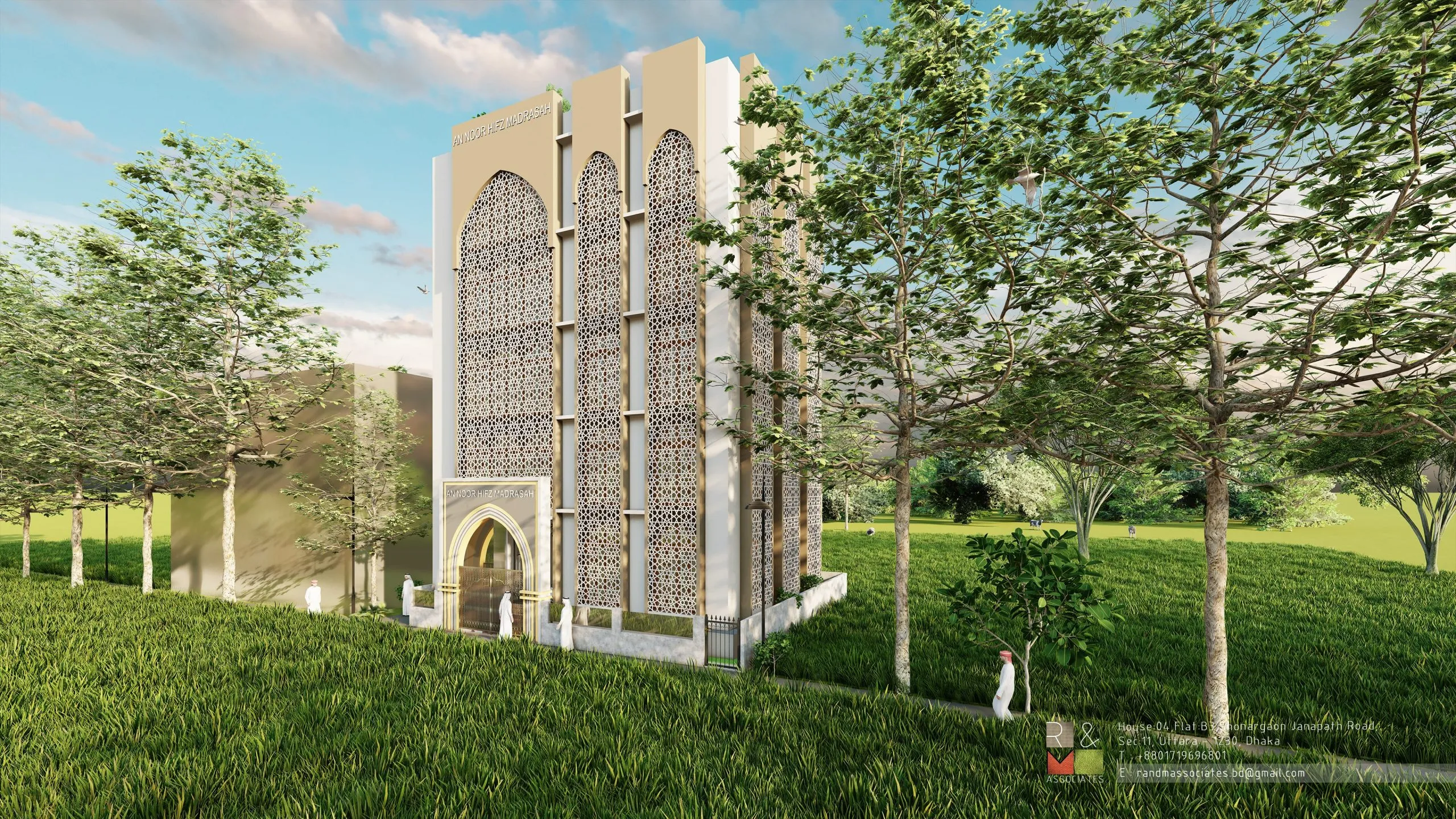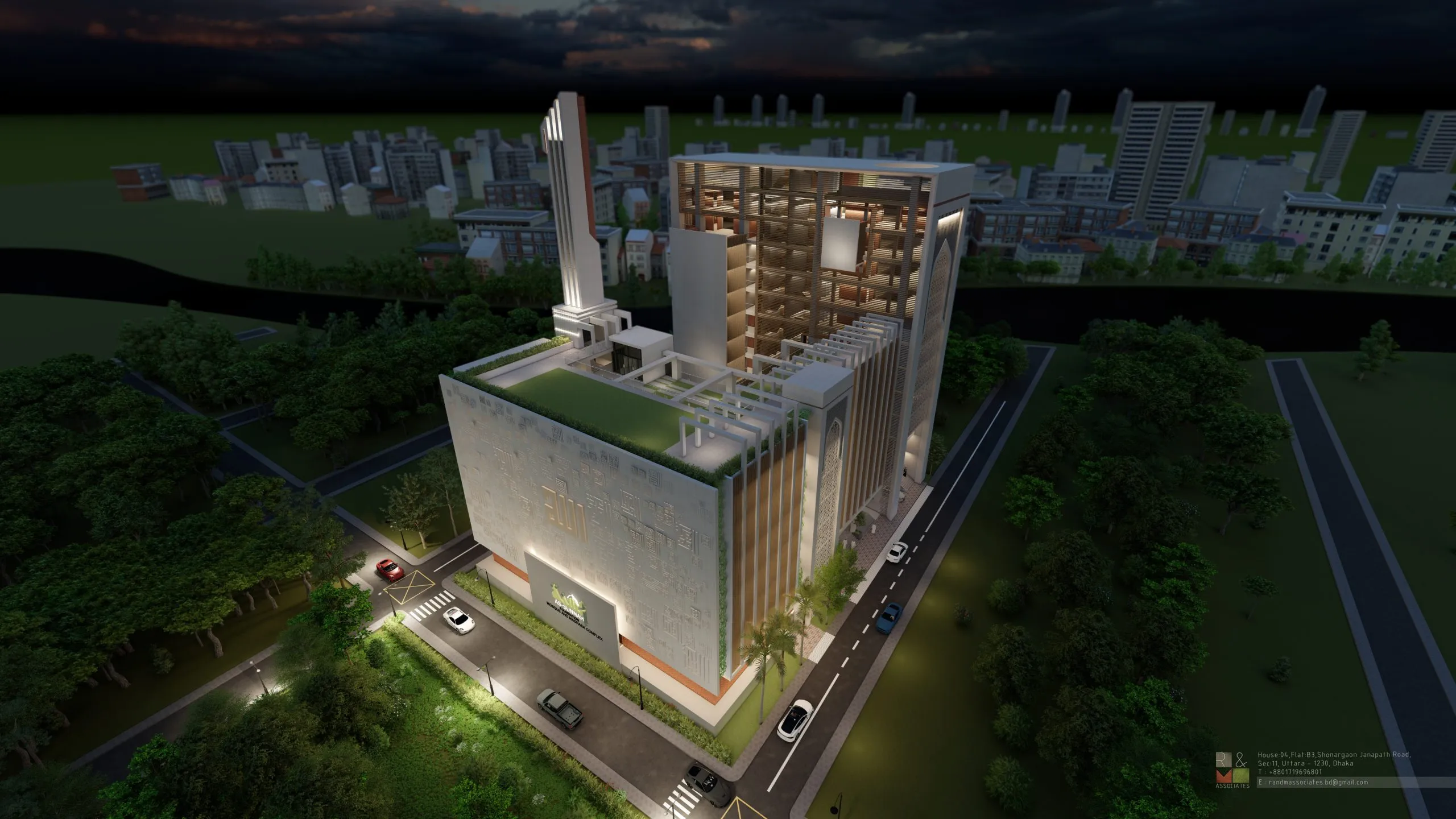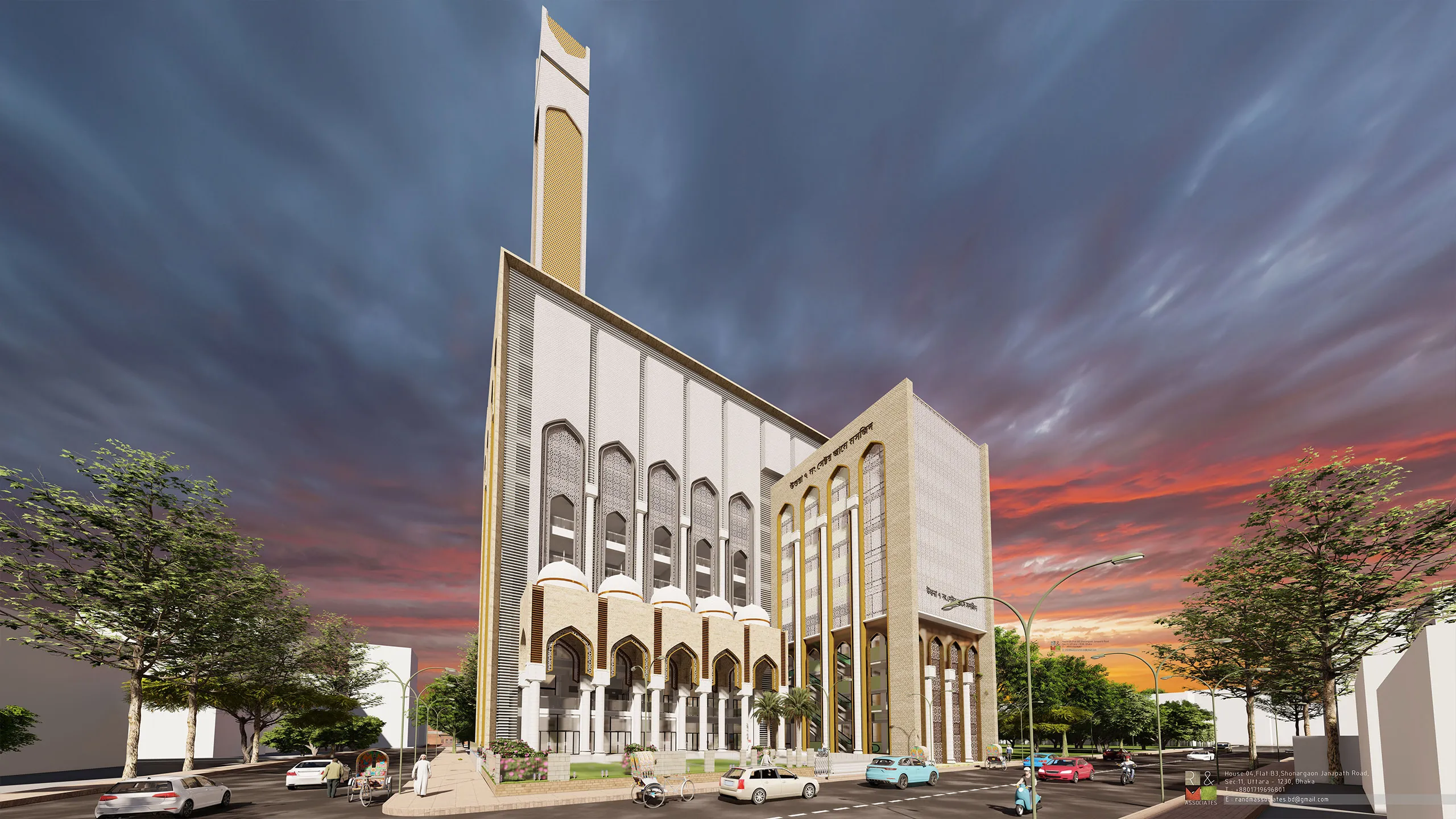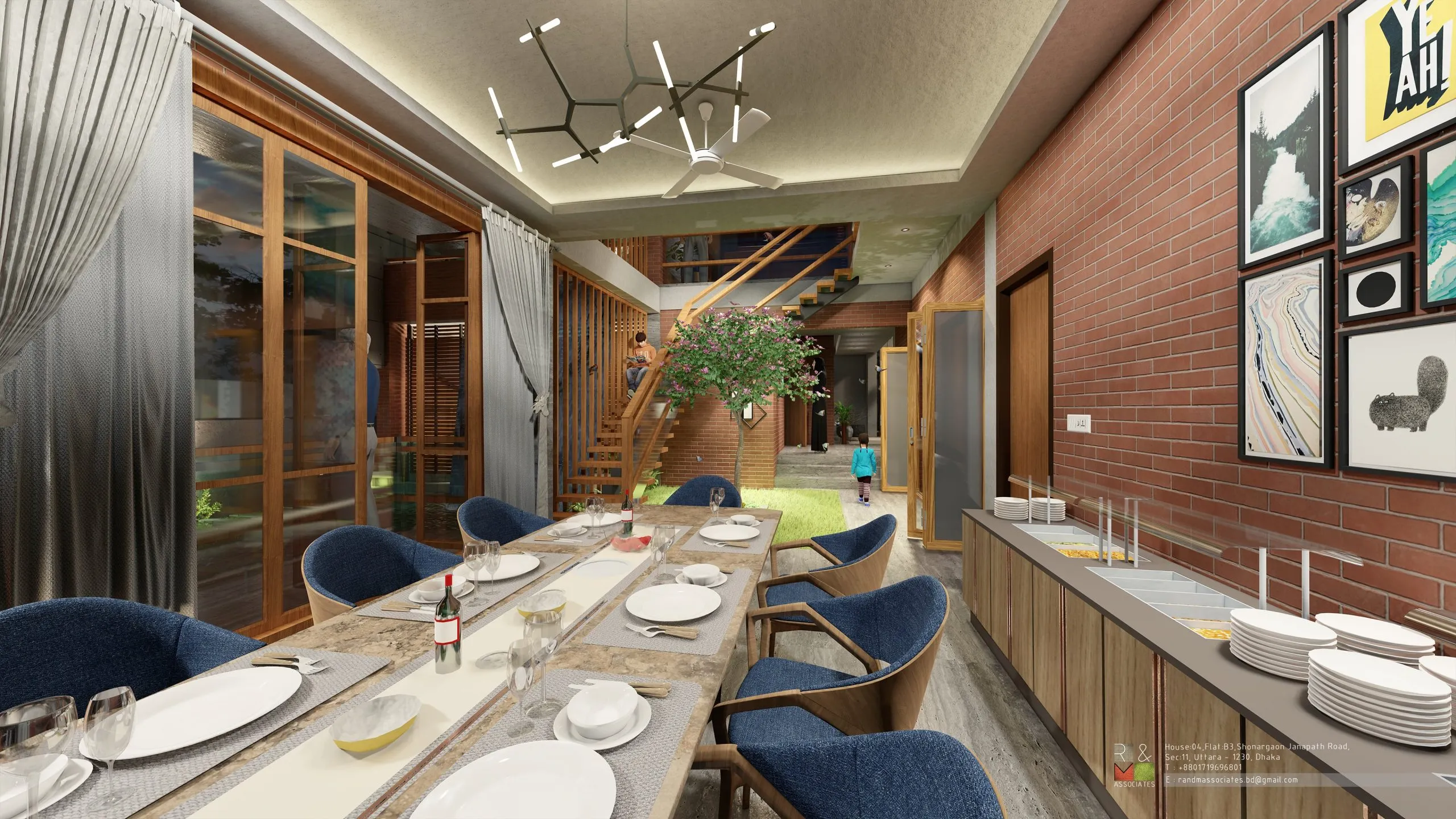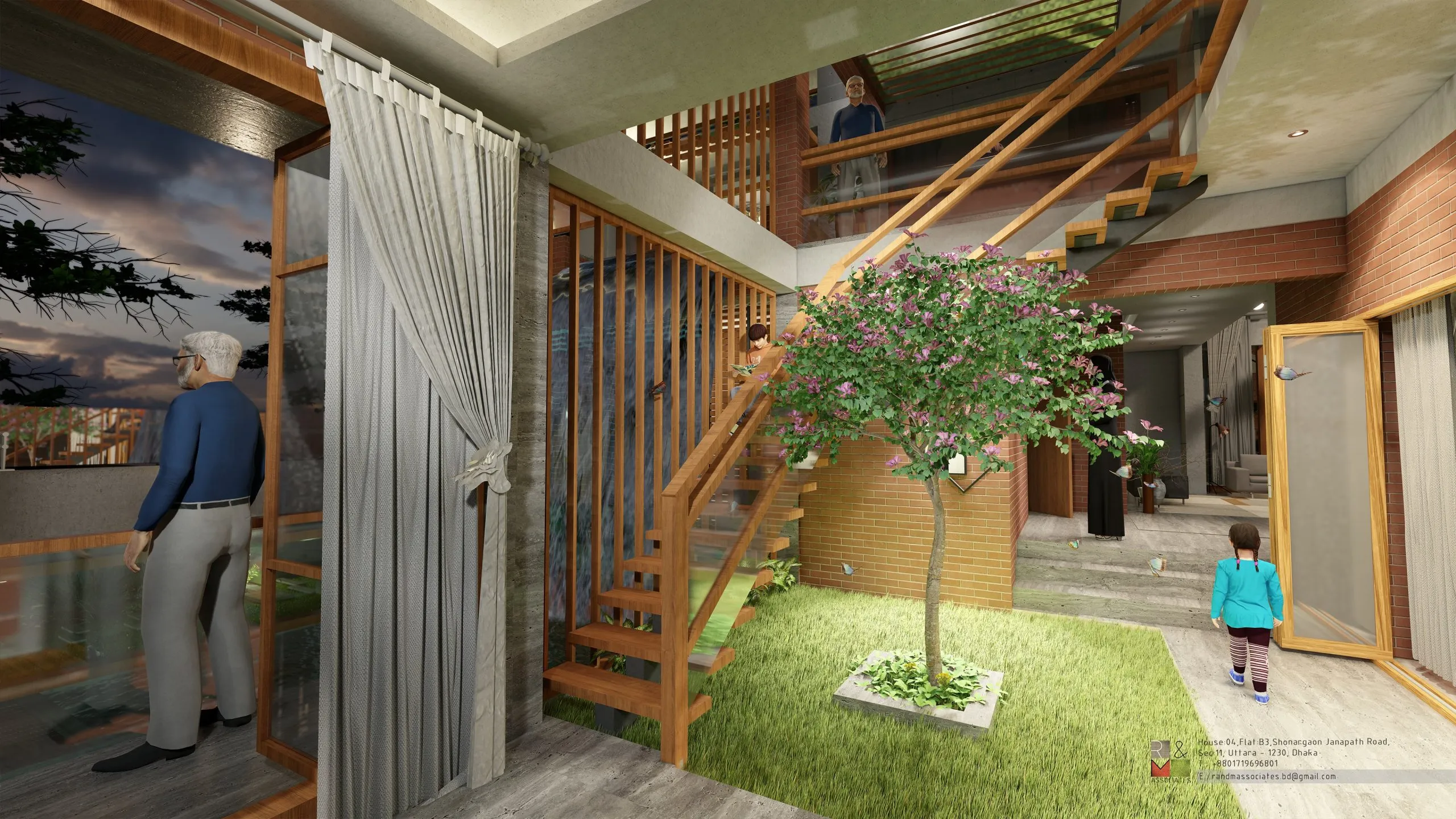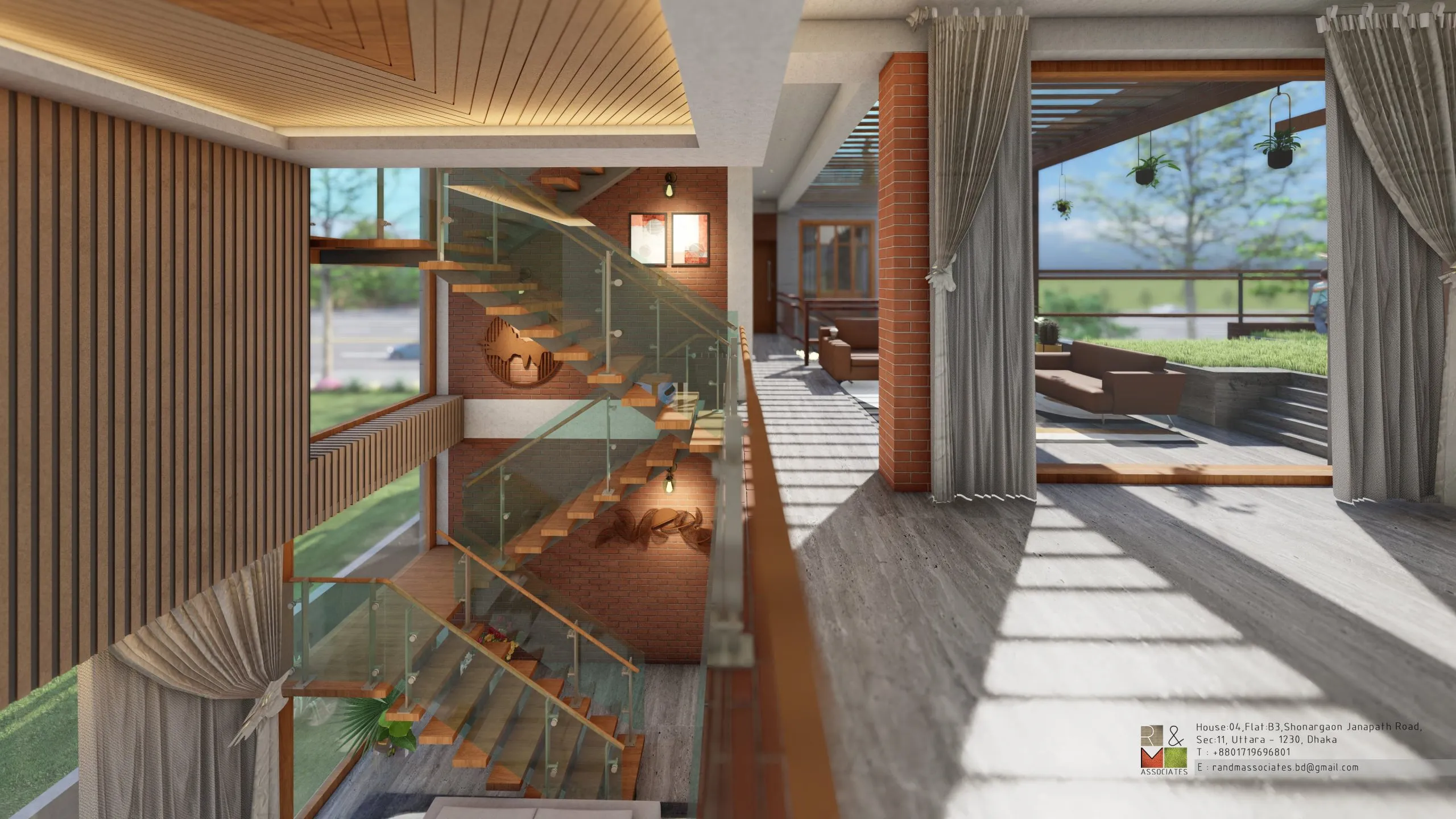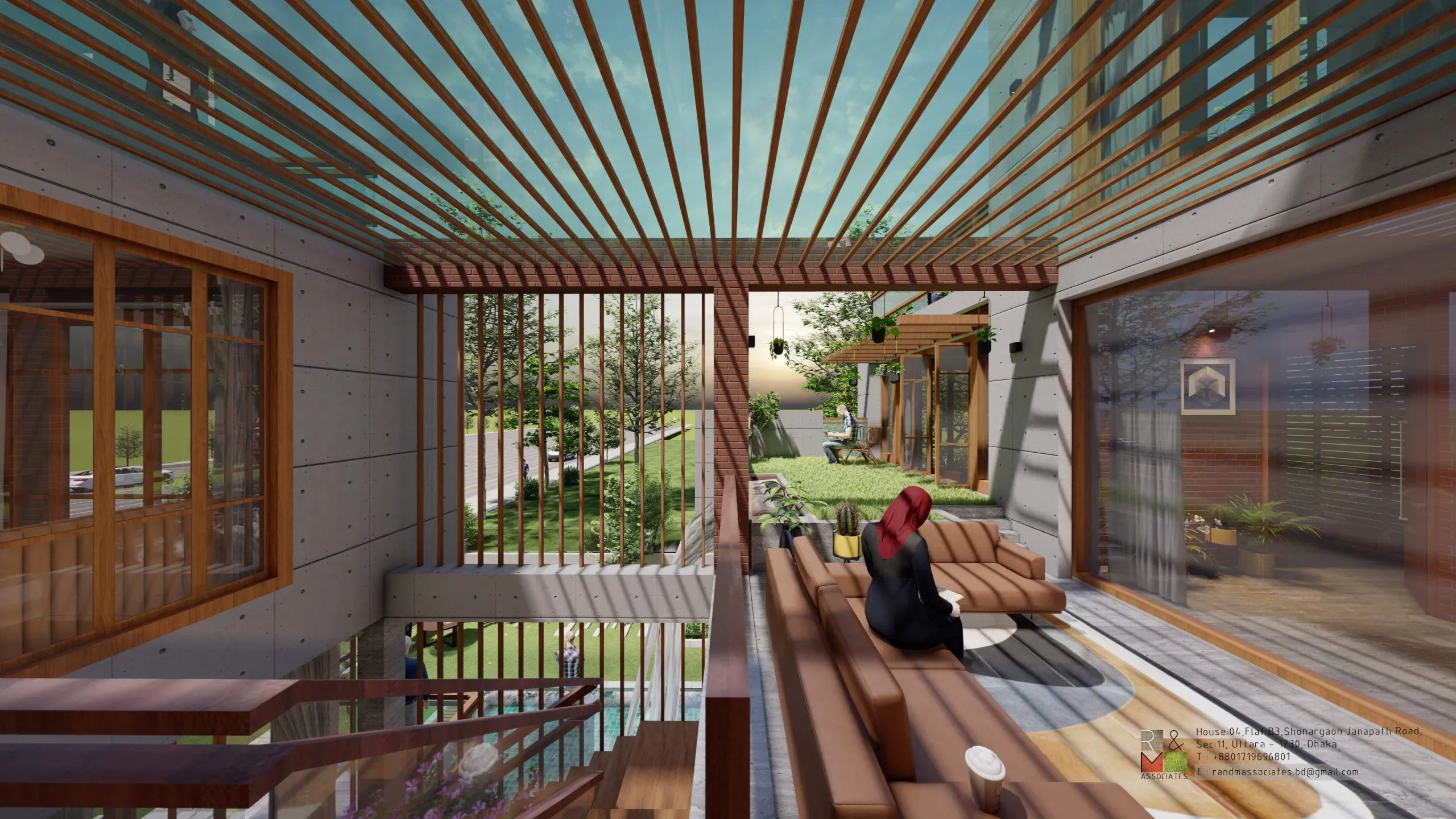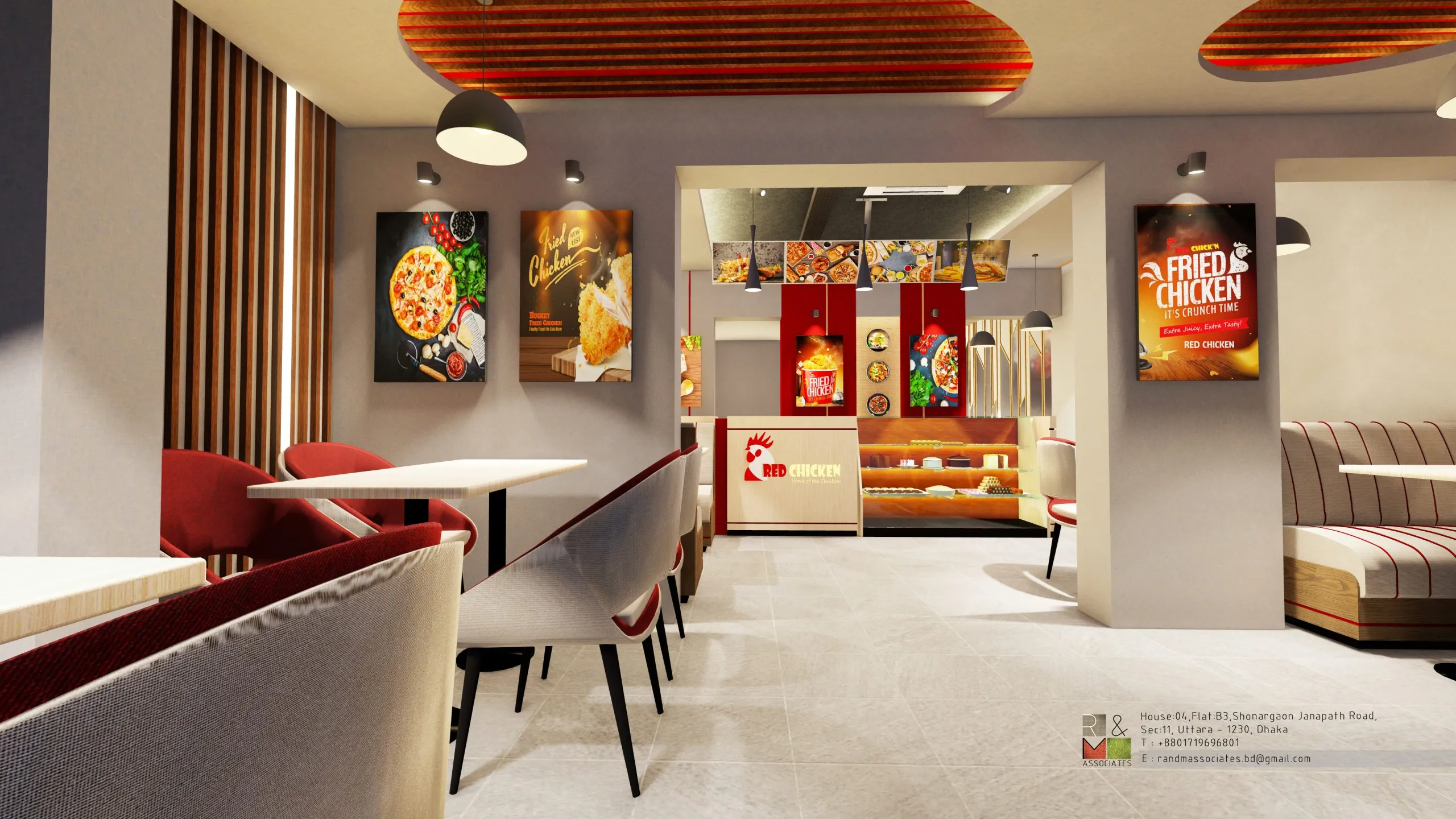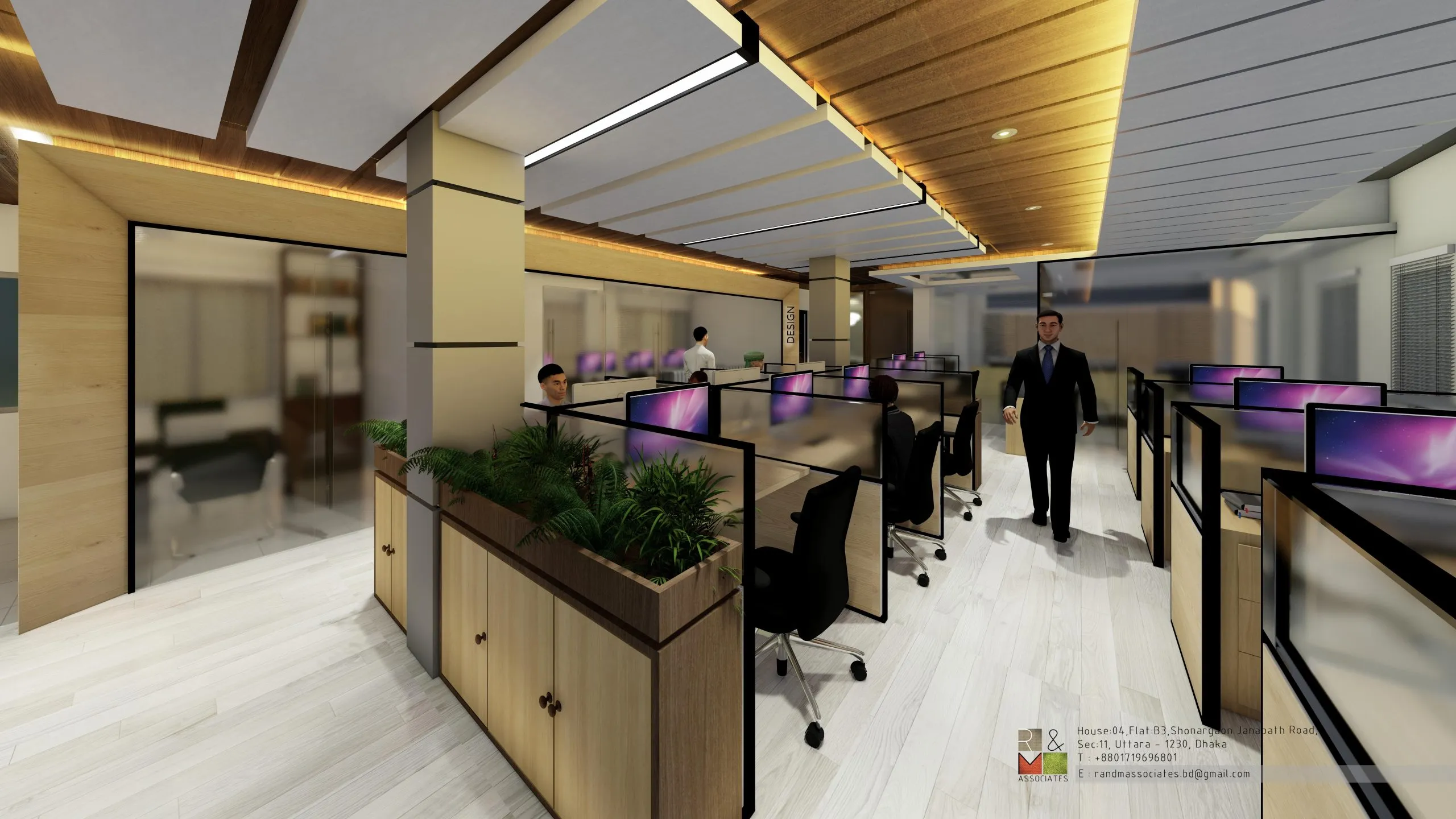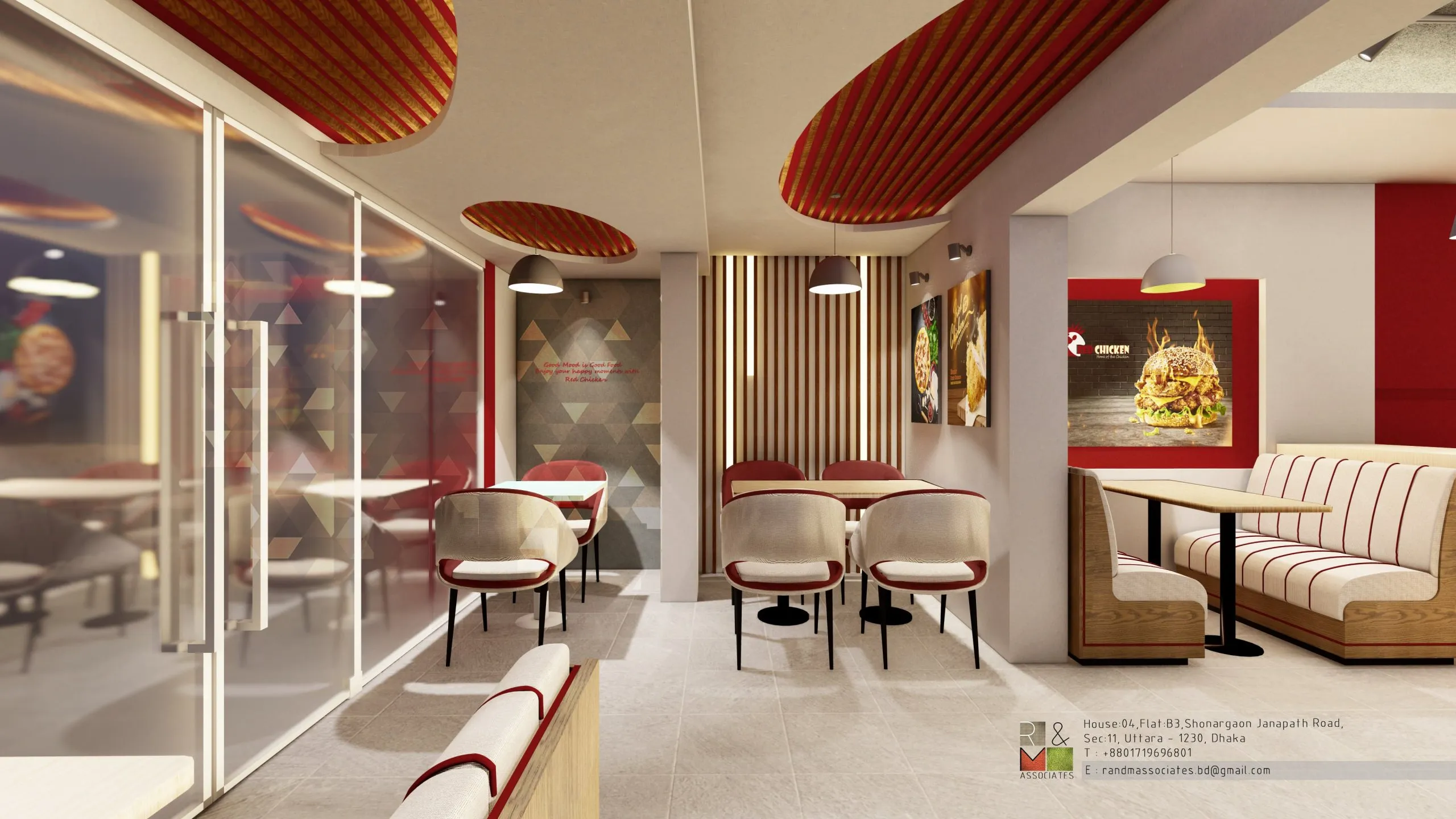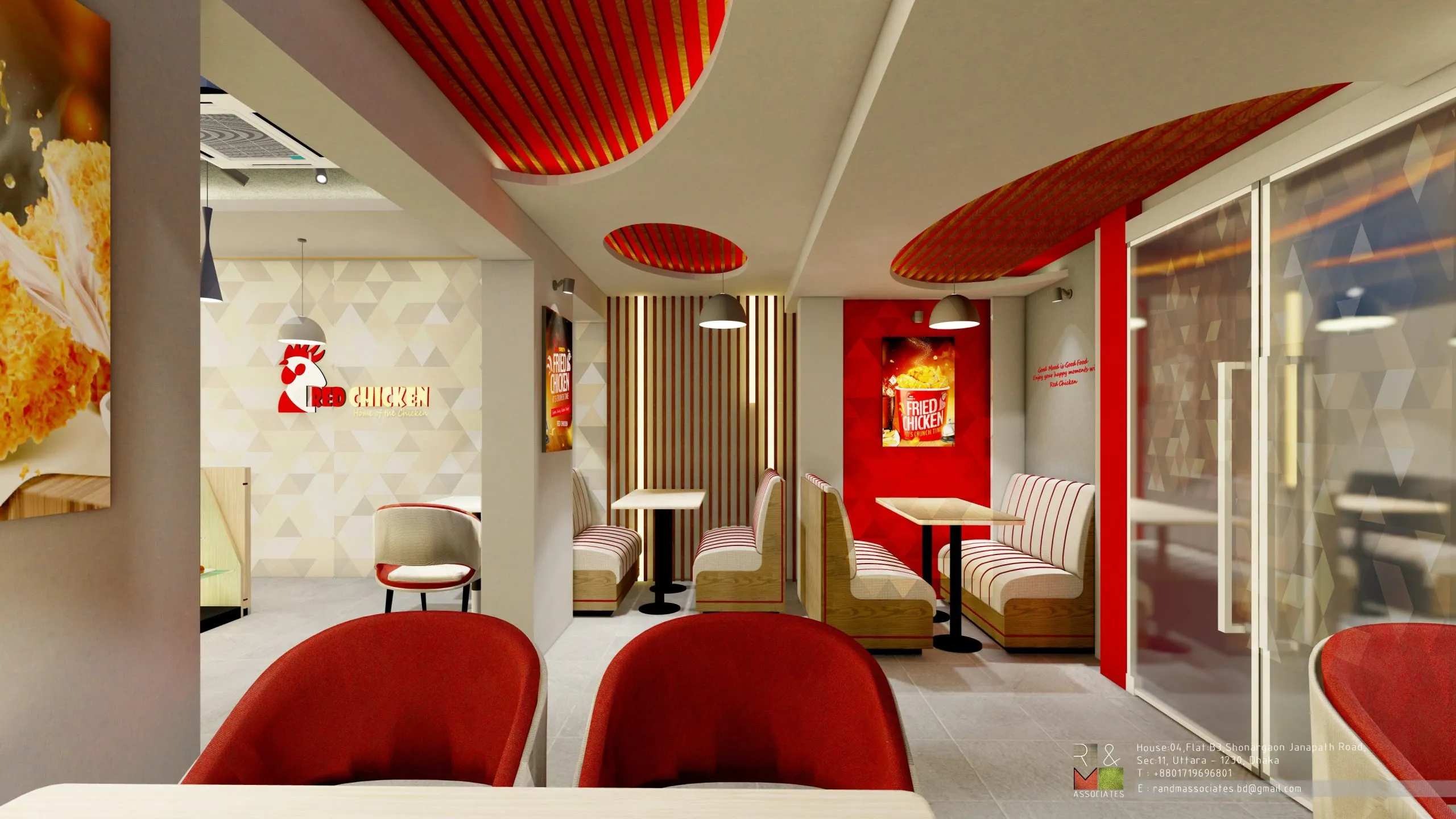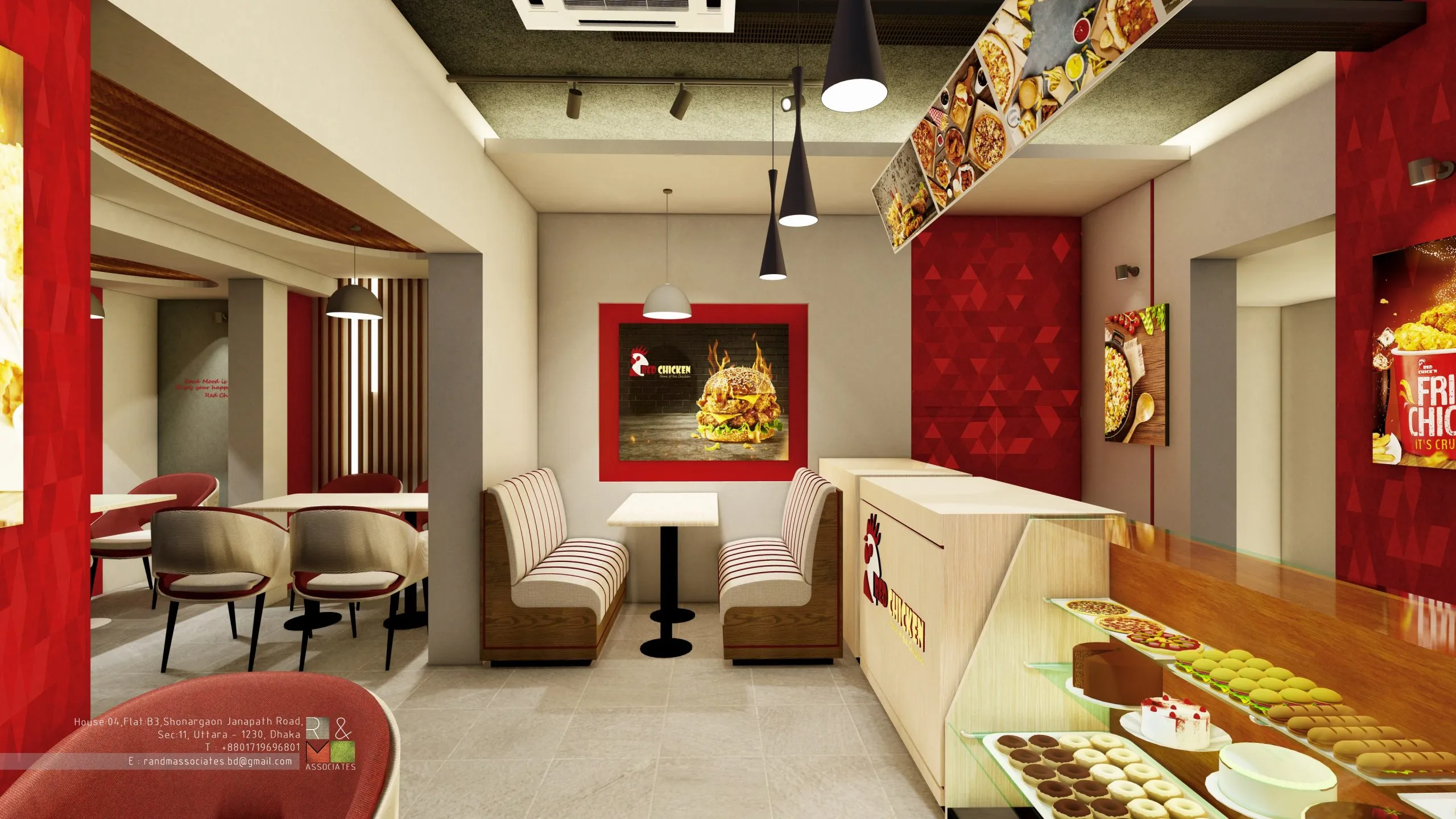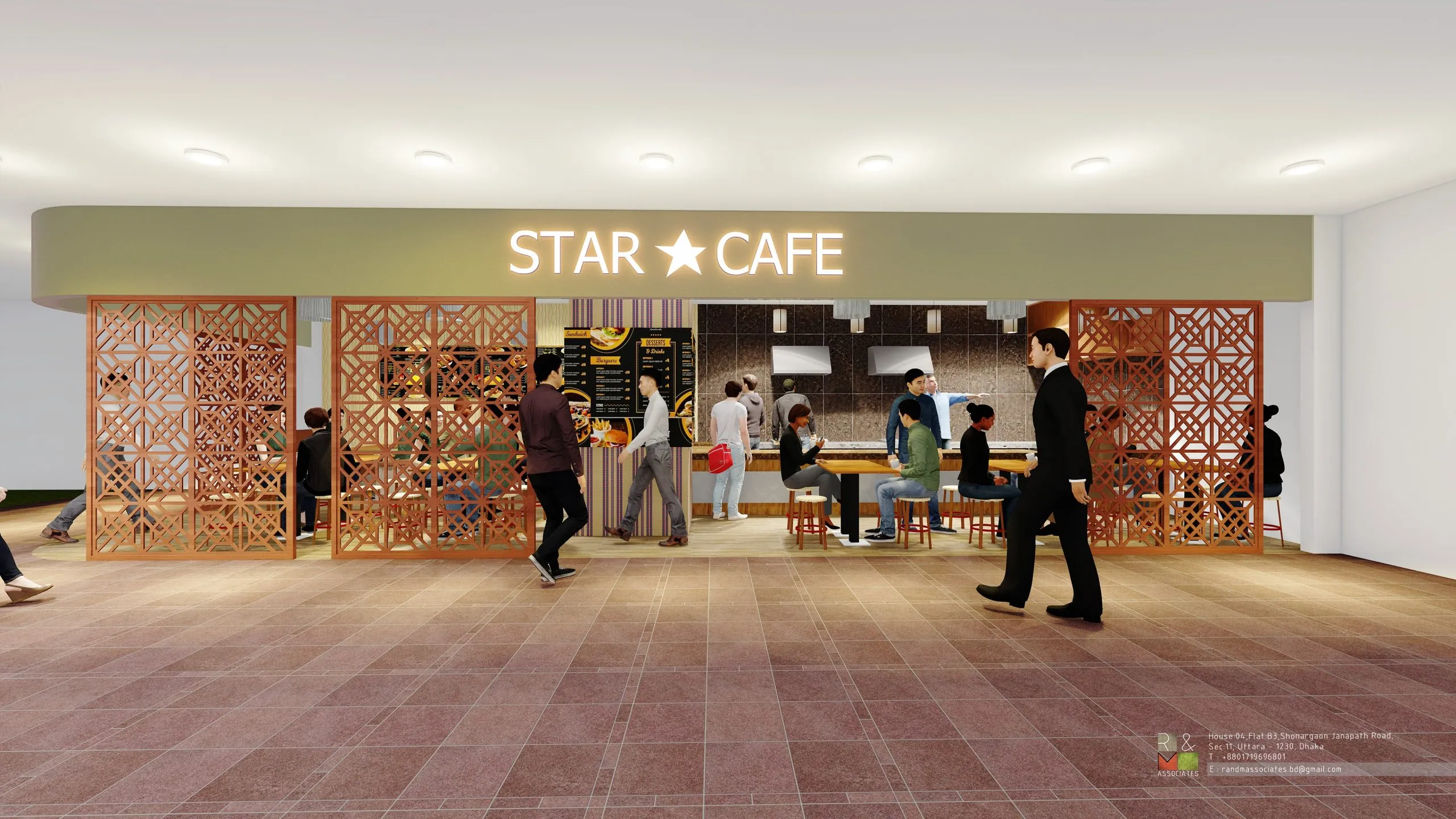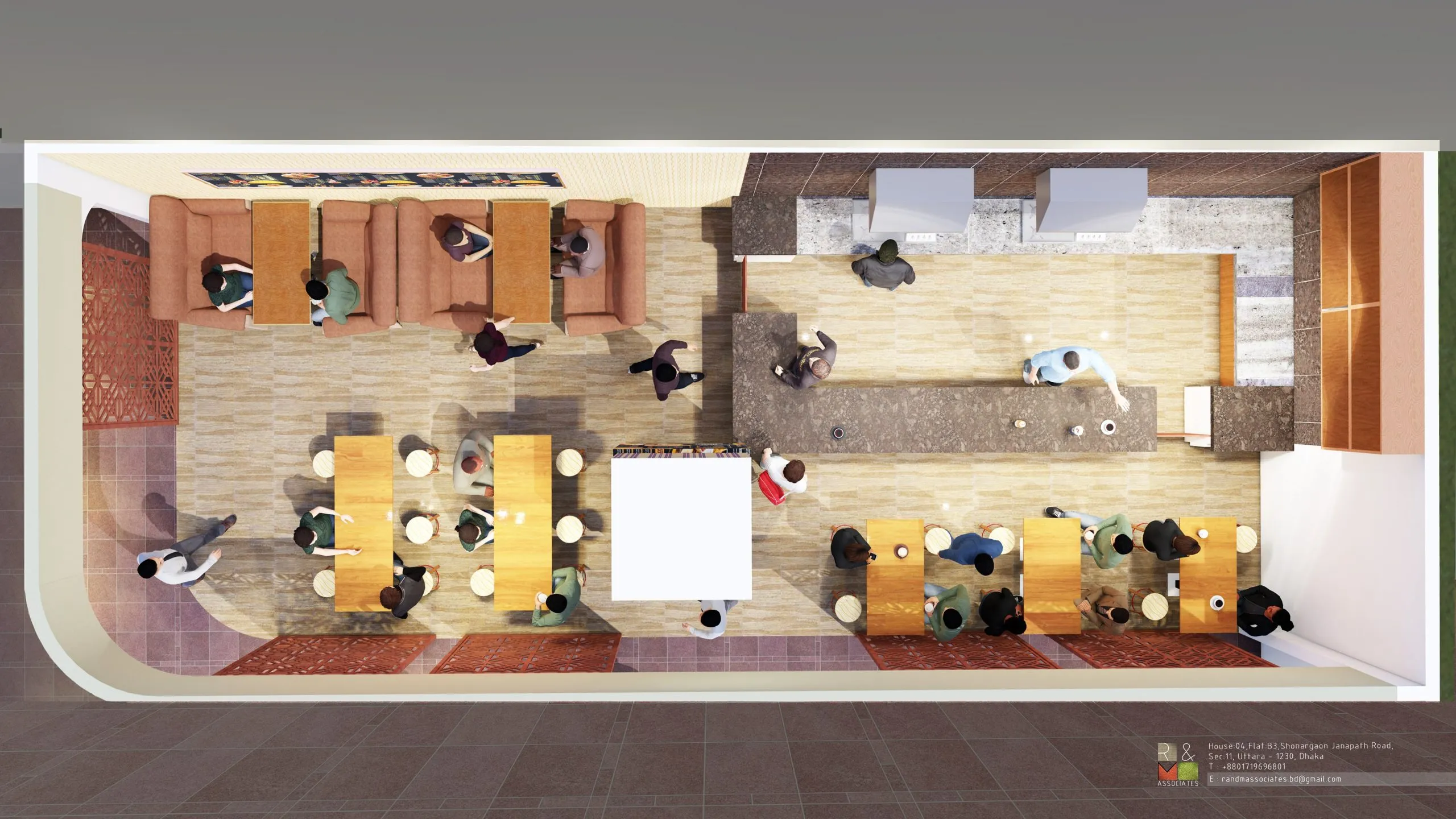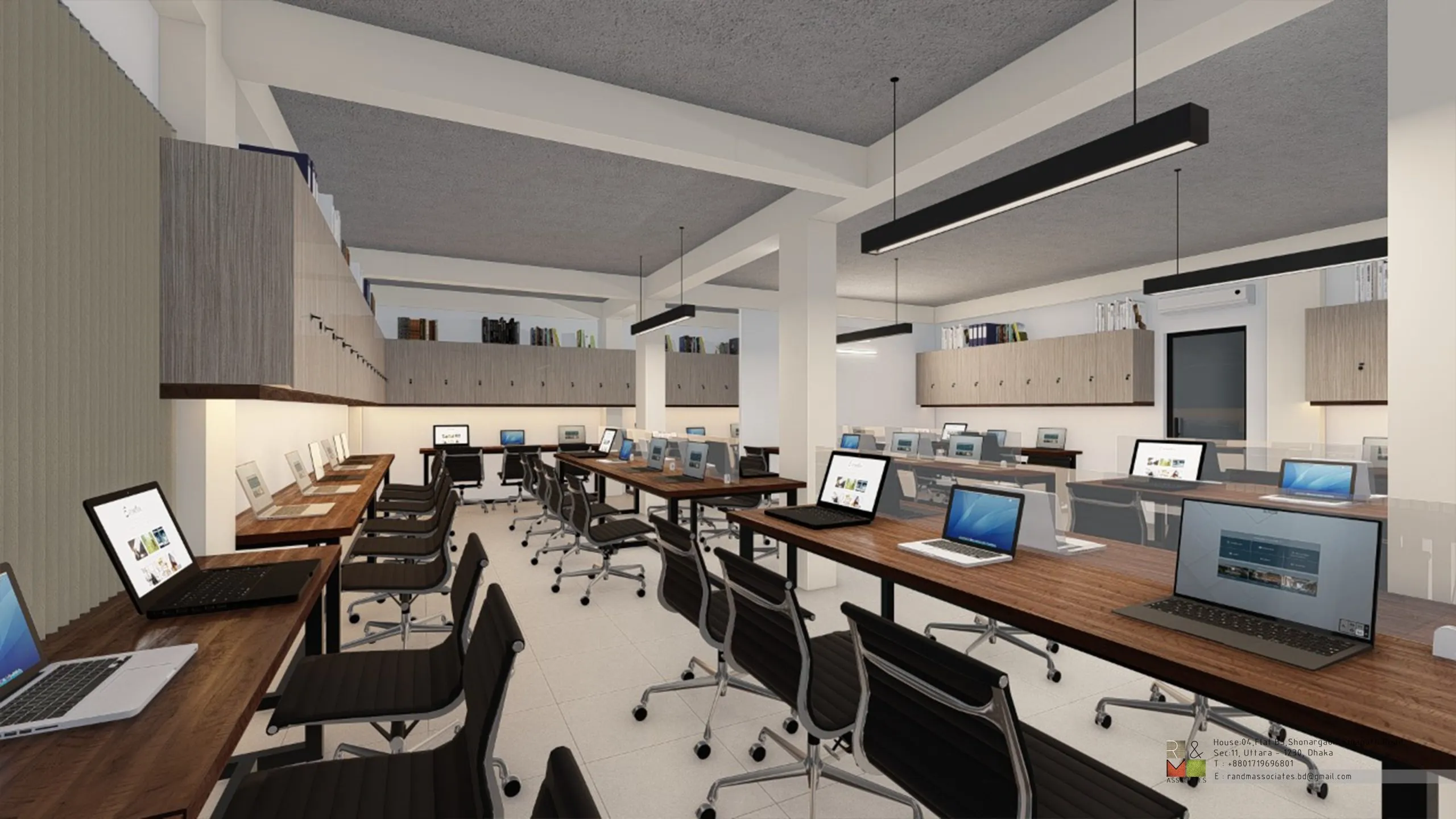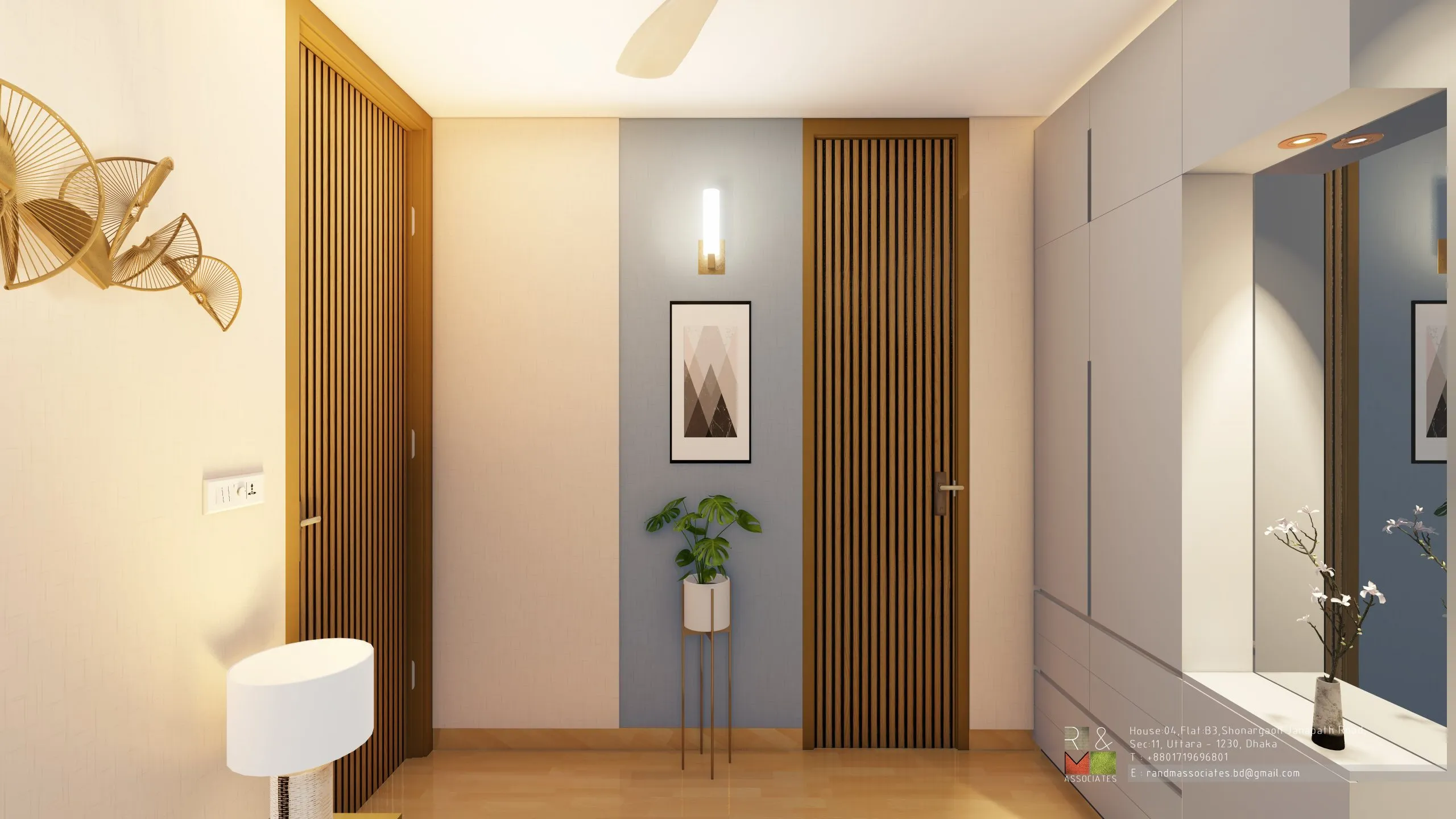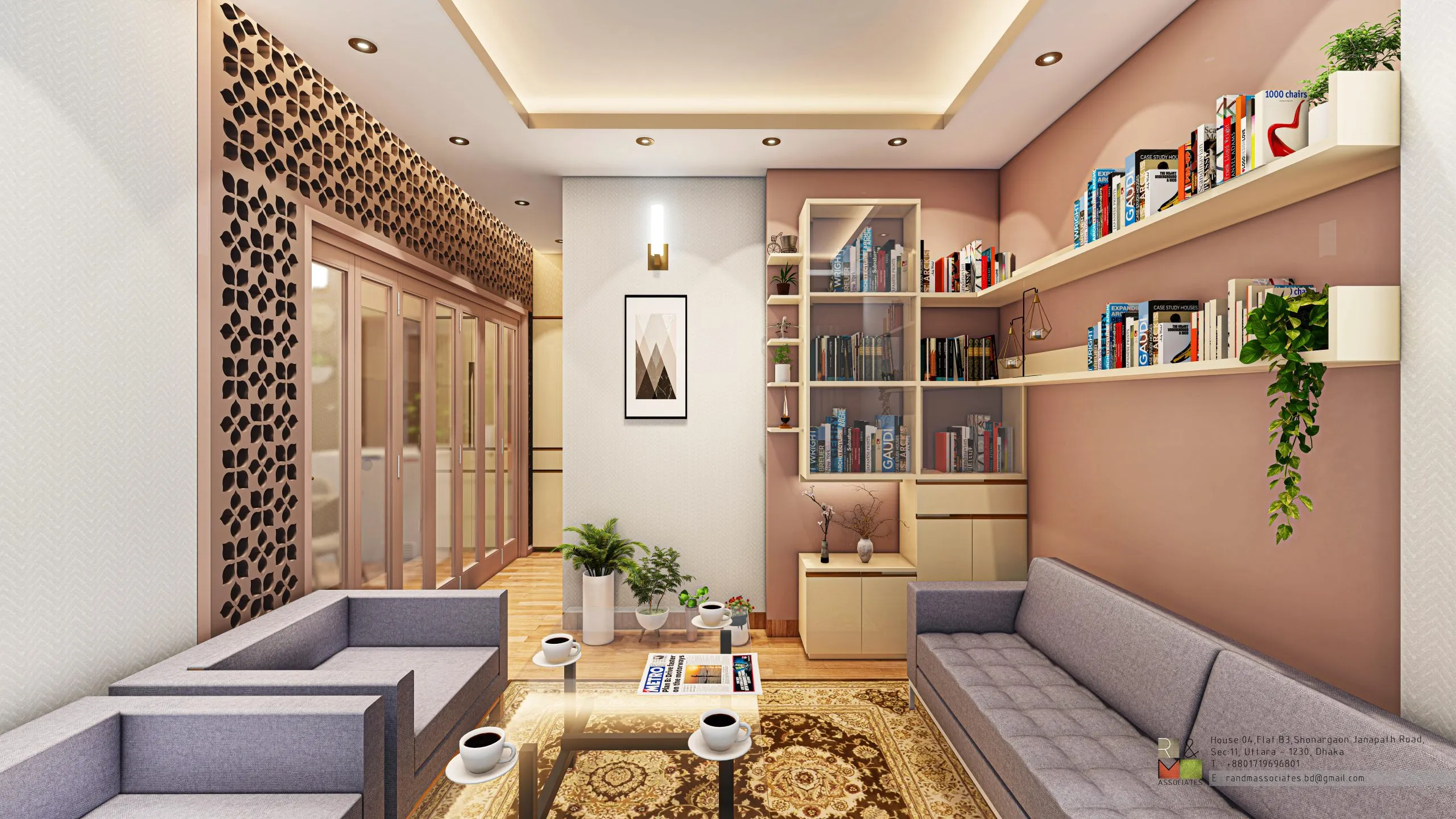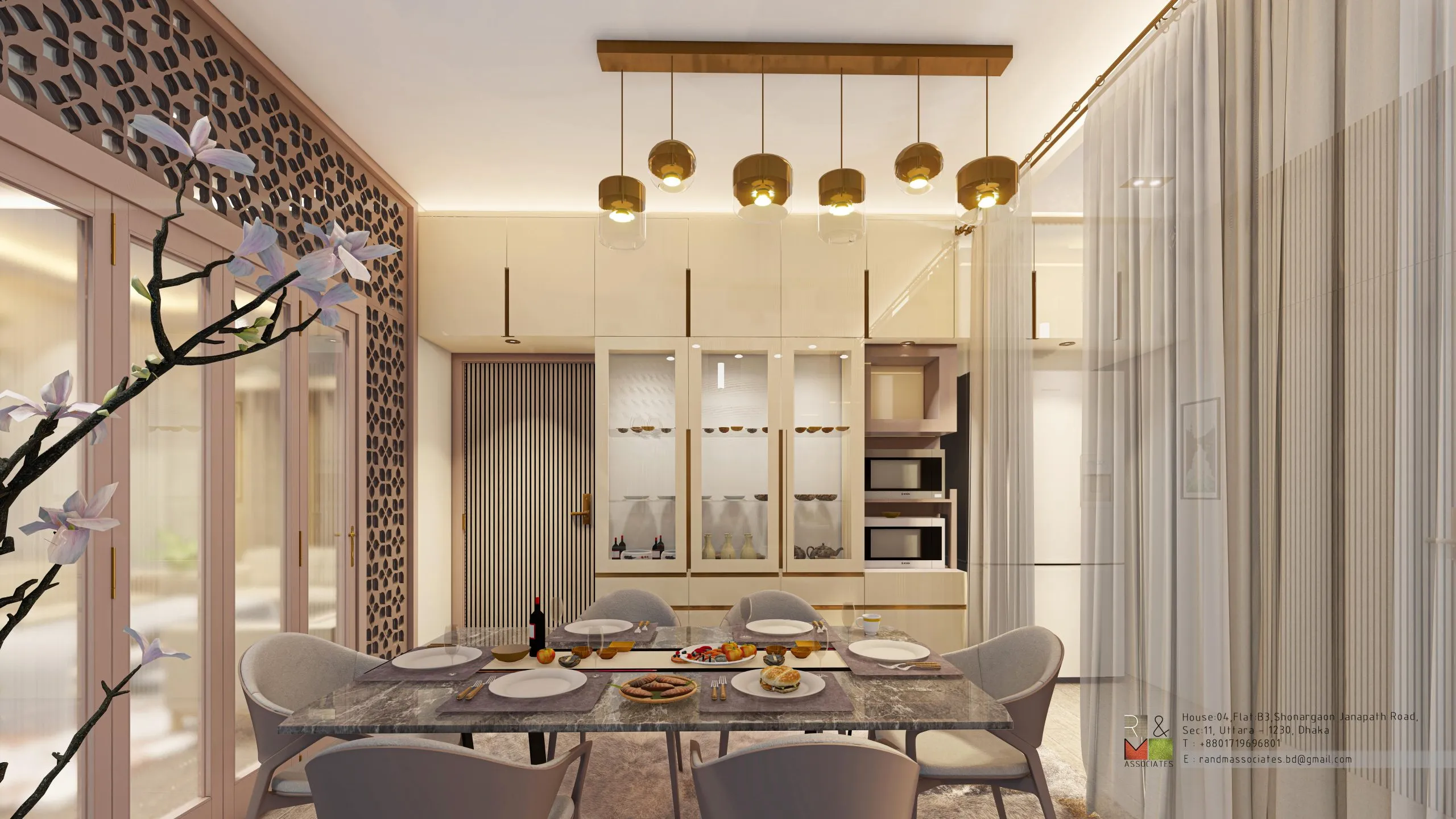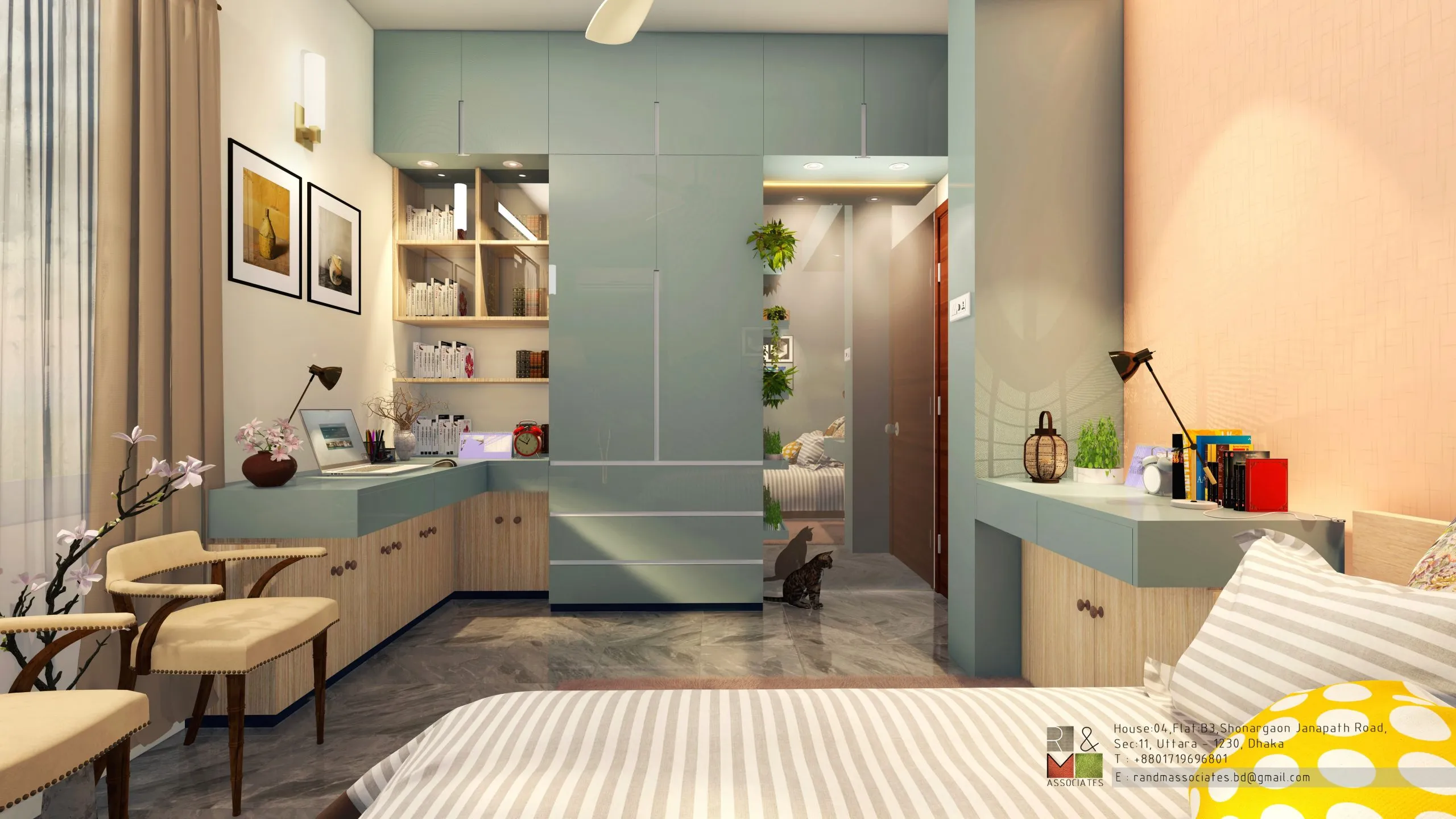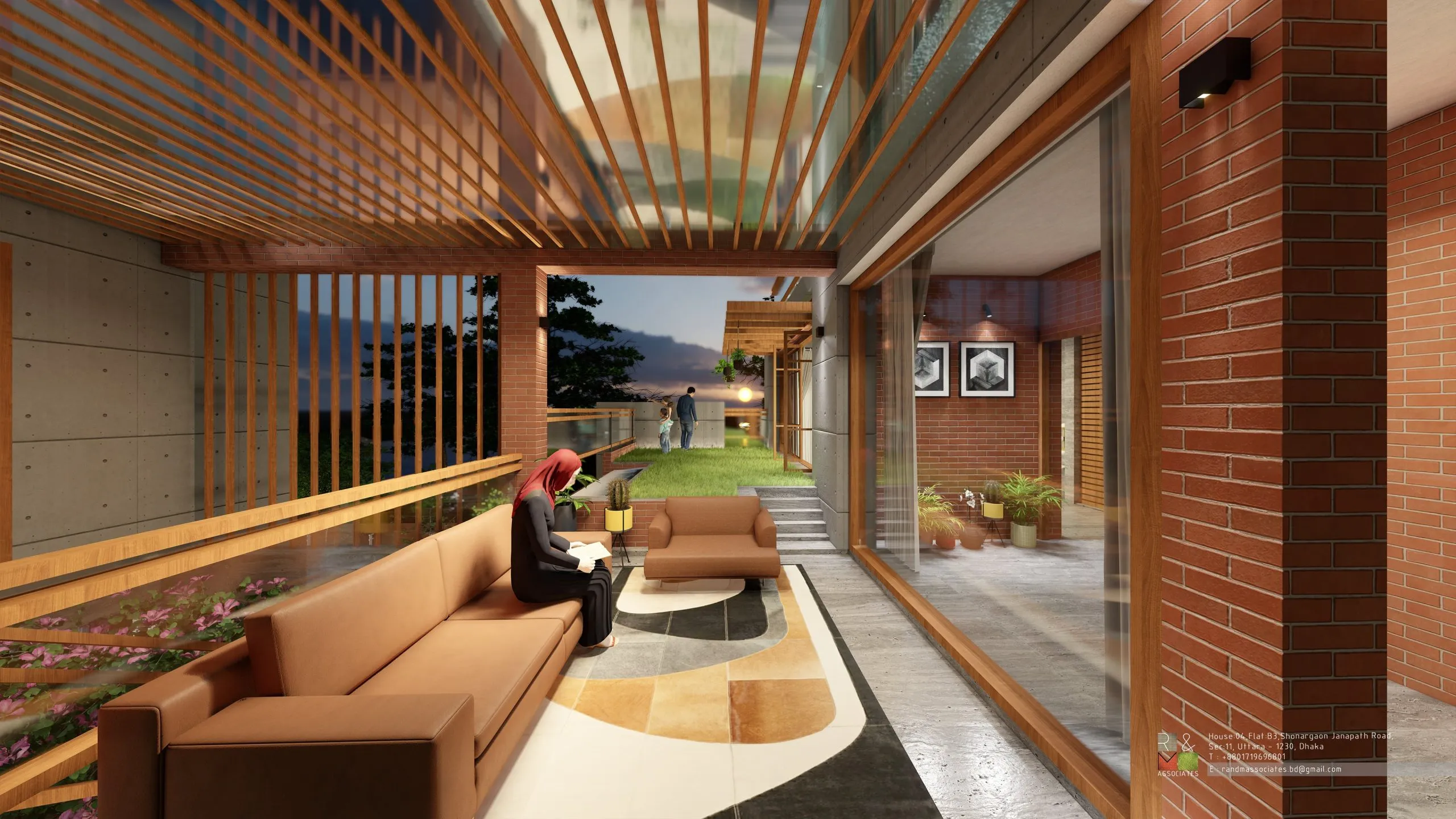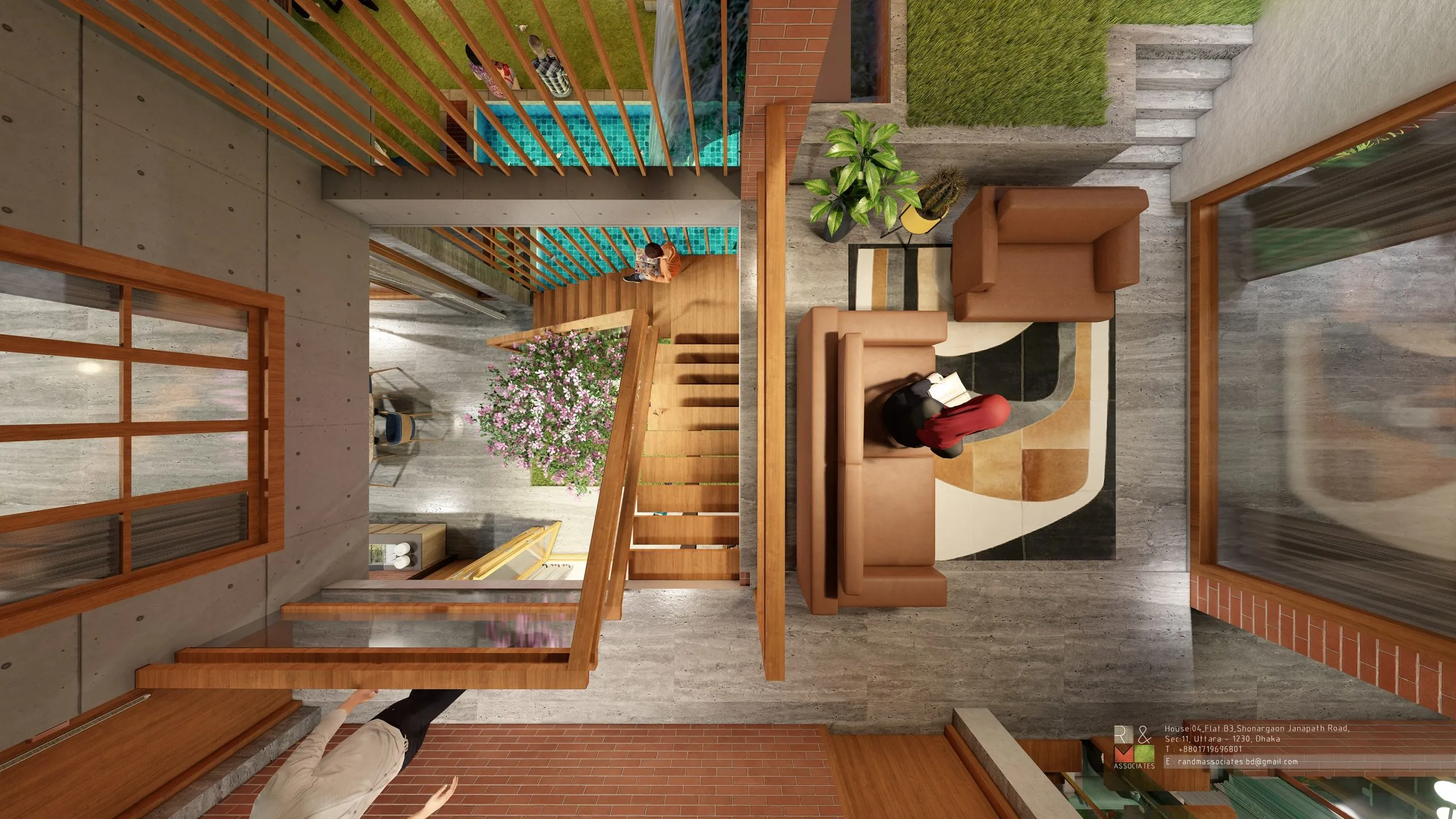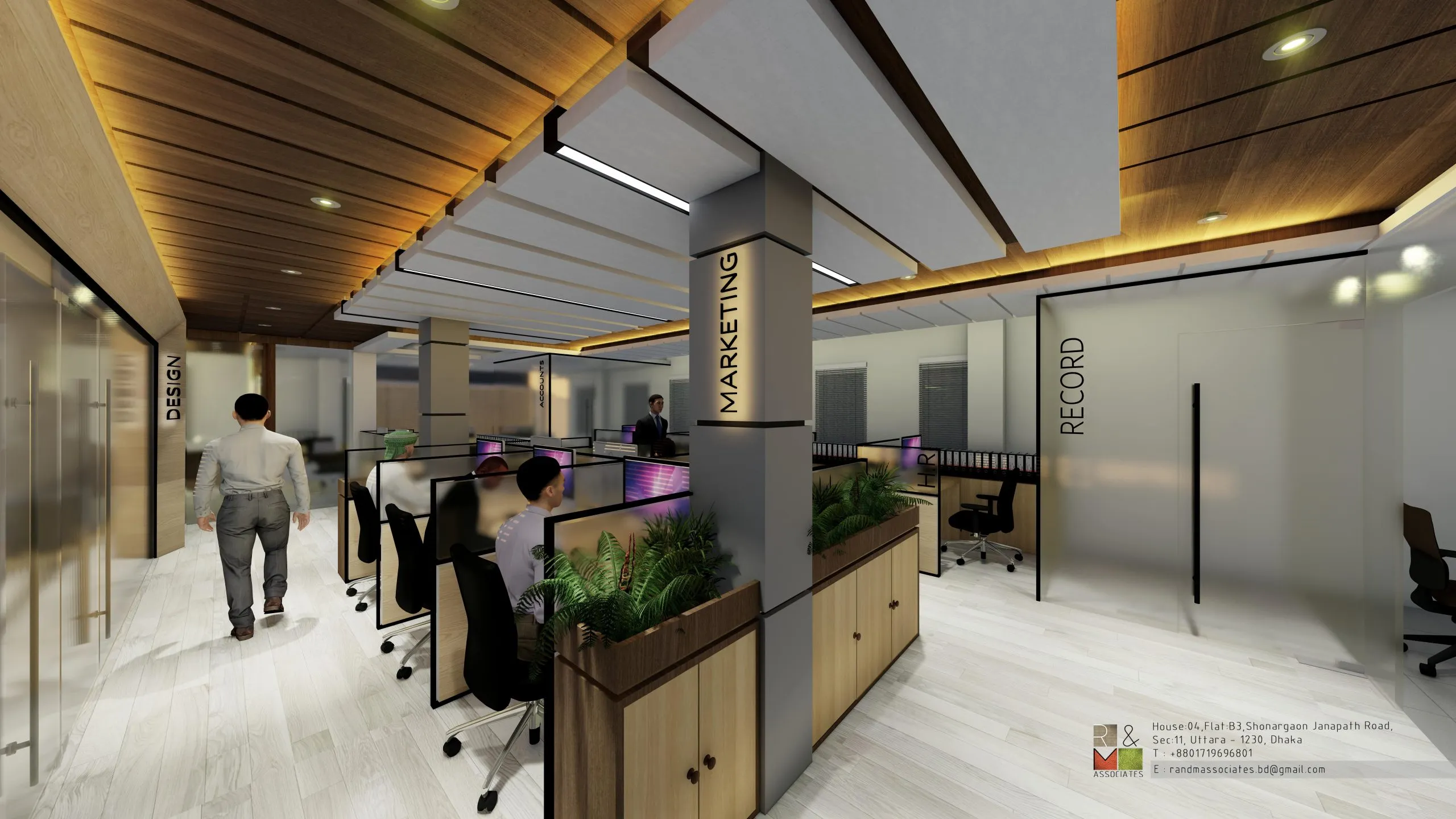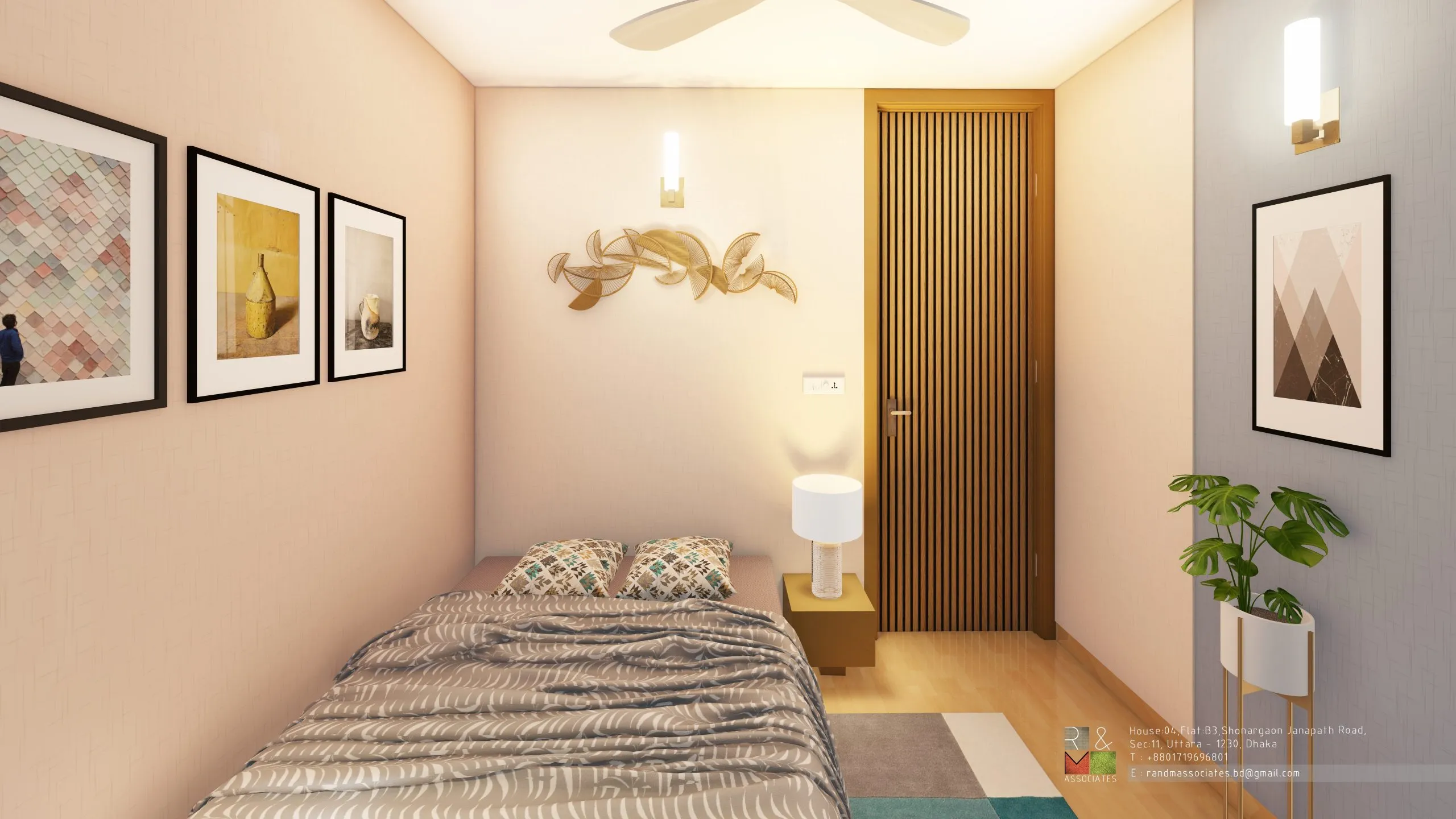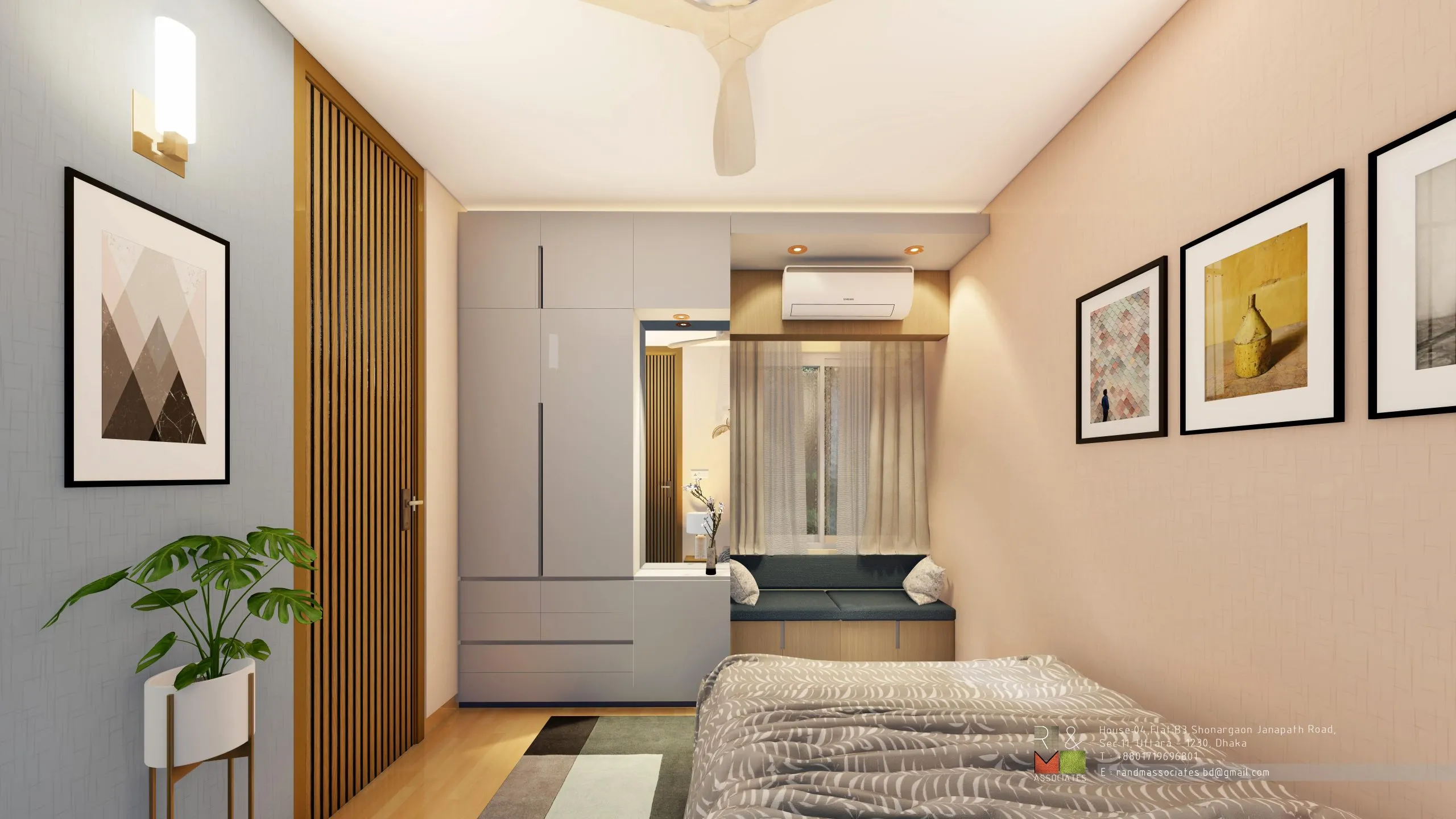The Importance of Functionality in Design
Functionality is the backbone of any well-designed space. Without it, even the most stunning designs can fall short of their purpose. Every room or area has a specific function, and good design starts with understanding these needs. For instance, a living room is a place for relaxation, entertainment, and social interaction, so the layout should support comfort and conversation flow. Similarly, in a workspace, efficiency, organization, and ergonomic design are top priorities.
Designers must ensure that their creations work harmoniously with the space’s intended use. From ensuring enough storage space in kitchens to providing sufficient lighting in workspaces, functionality is the foundation that allows a space to serve its purpose effectively.

Aesthetics: The Visual Appeal
While functionality is essential, aesthetics are what give a space its personality. The color palette, textures, materials, and overall style create an emotional connection between the space and its occupants. Aesthetically pleasing environments can elevate moods, inspire creativity, and even impact productivity. Whether you prefer minimalism, modernity, or a more eclectic style, the visual elements of a space can make it feel inviting and personal.
Great design often involves blending various aesthetics to reflect the unique tastes of the occupants while maintaining cohesion. Whether it’s the sleek lines of modern architecture or the warm, inviting tones of rustic interiors, the aesthetics should resonate with those who inhabit the space.

Achieving Balance: The Intersection of Form and Function
Balancing functionality with aesthetics requires thoughtful planning and design. The goal is to create spaces that not only look great but also enhance the quality of life. Here are some key principles to achieve this balance:
- Prioritize Purpose: Begin by identifying the primary function of the space. Every design decision should revolve around supporting that function. For instance, a kitchen layout should prioritize convenience and accessibility, while a living room might focus on comfort and relaxation.
- Choose Versatile Elements: Opt for furniture and décor that are both stylish and functional. Multipurpose furniture, like storage ottomans or foldable desks, can help maximize space without compromising on design.
- Consider Flow: A well-balanced space should have a natural flow, allowing easy movement and access. Think about how people will move through the space and adjust layouts accordingly.
- Focus on Focal Points: Design with intentional focal points in mind to draw attention to the most important areas of the room. A striking piece of art or a well-placed light fixture can enhance both the aesthetic appeal and functionality.

The Role of Designers in Elevating Spaces
Professional interior designers play a crucial role in elevating spaces by bringing together the perfect mix of form and function. With their keen understanding of color theory, spatial planning, and design trends, they can tailor spaces to meet the specific needs of clients. They know how to ask the right questions: How will the space be used? What mood or feeling do you want it to evoke? Through their expertise, designers can make even the most challenging spaces work beautifully.
In the end, designing spaces that balance functionality and aesthetics is both an art and a science. It requires careful consideration of how a space will be used and who will use it, while also incorporating elements of style and beauty that make it feel special. Whether it’s a cozy home interior or a sleek office space, striking the right balance can transform an ordinary room into a masterpiece that enhances the way we live, work, and play.


